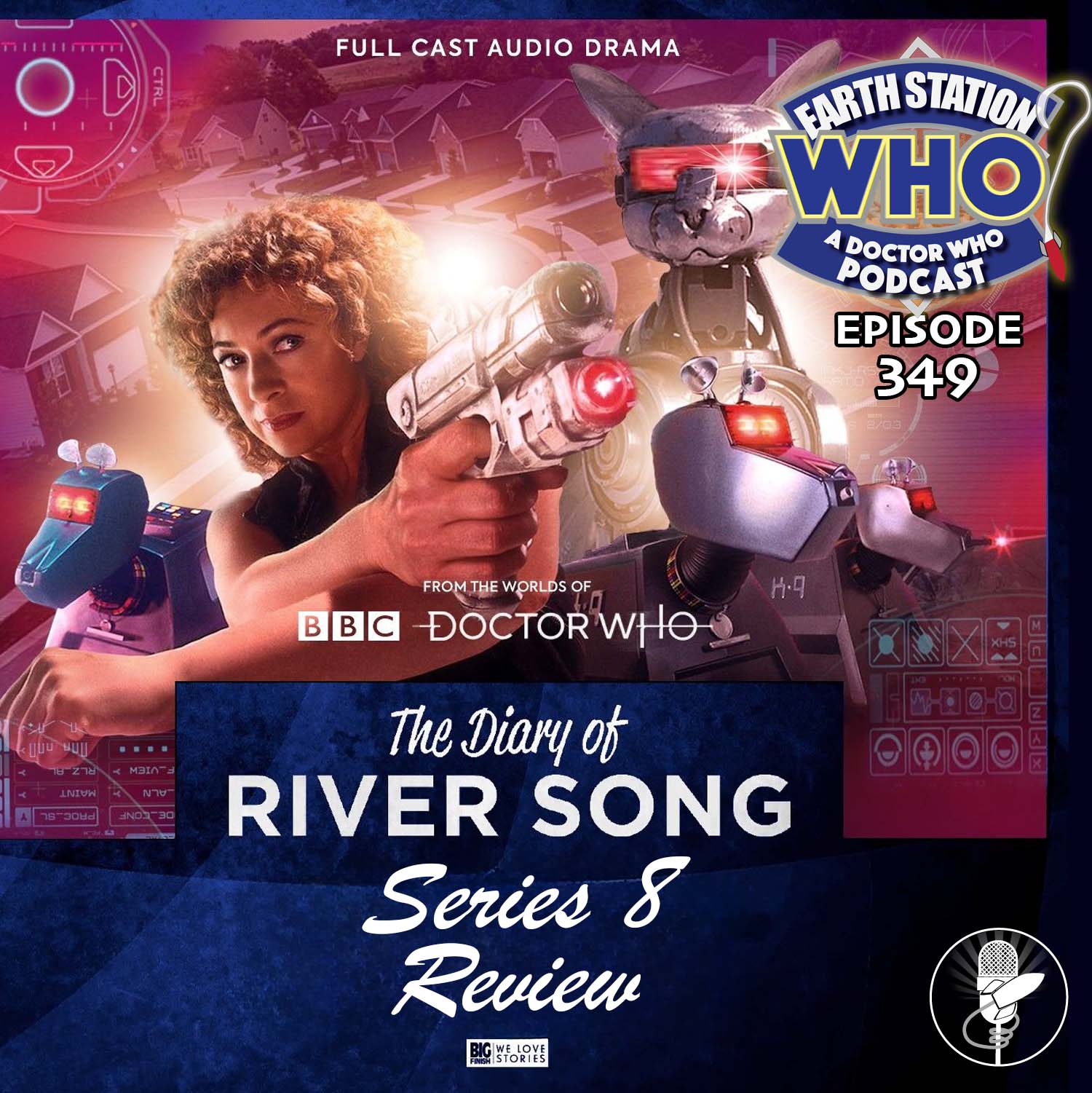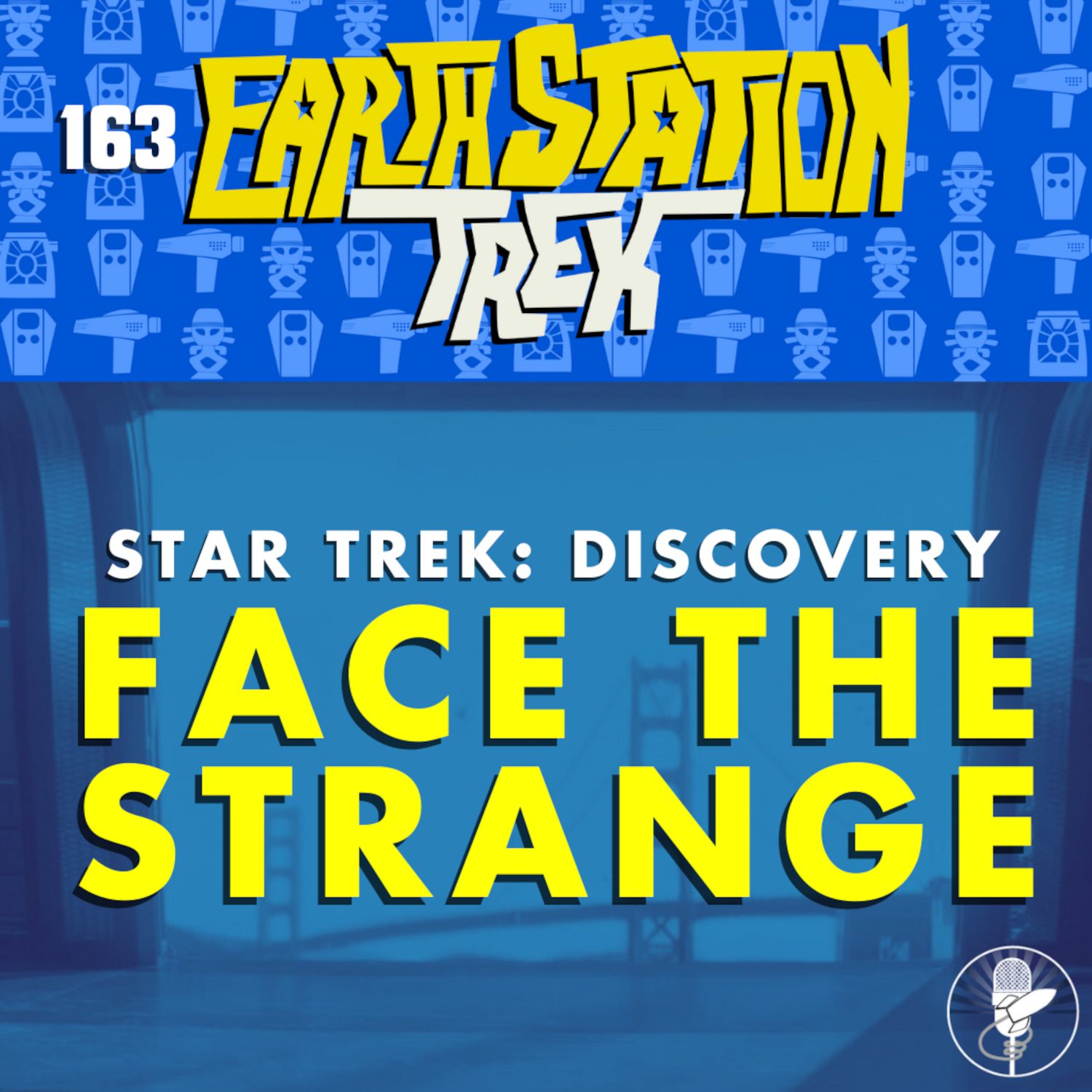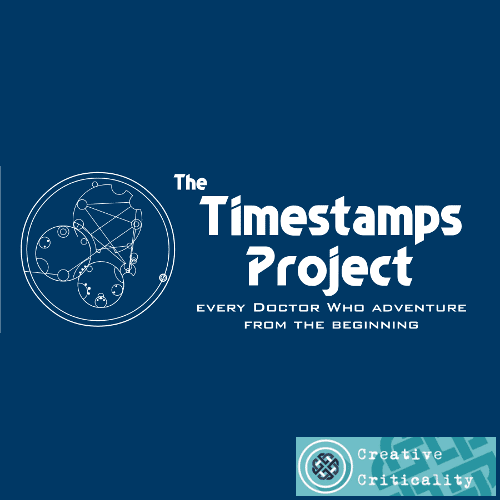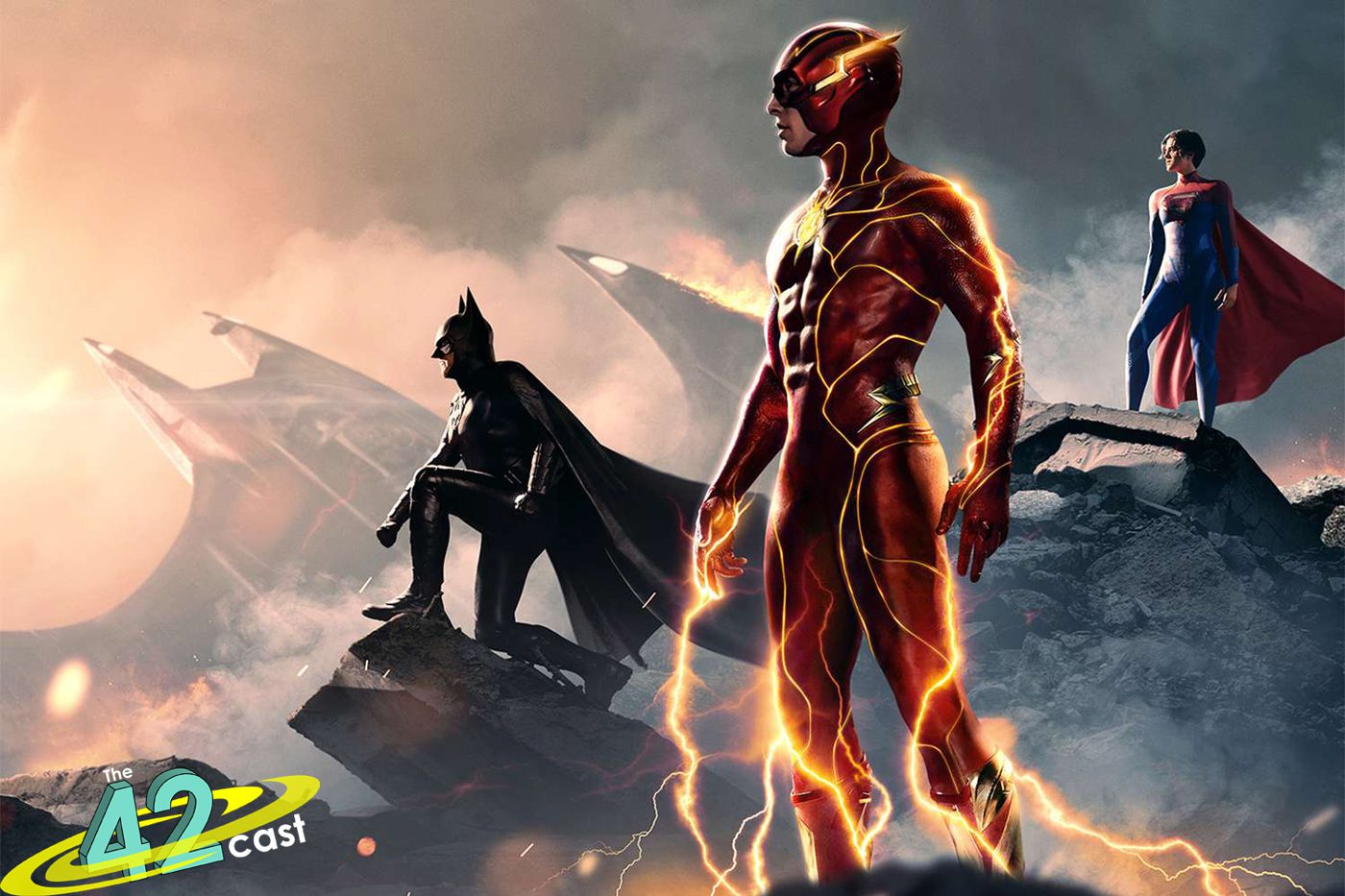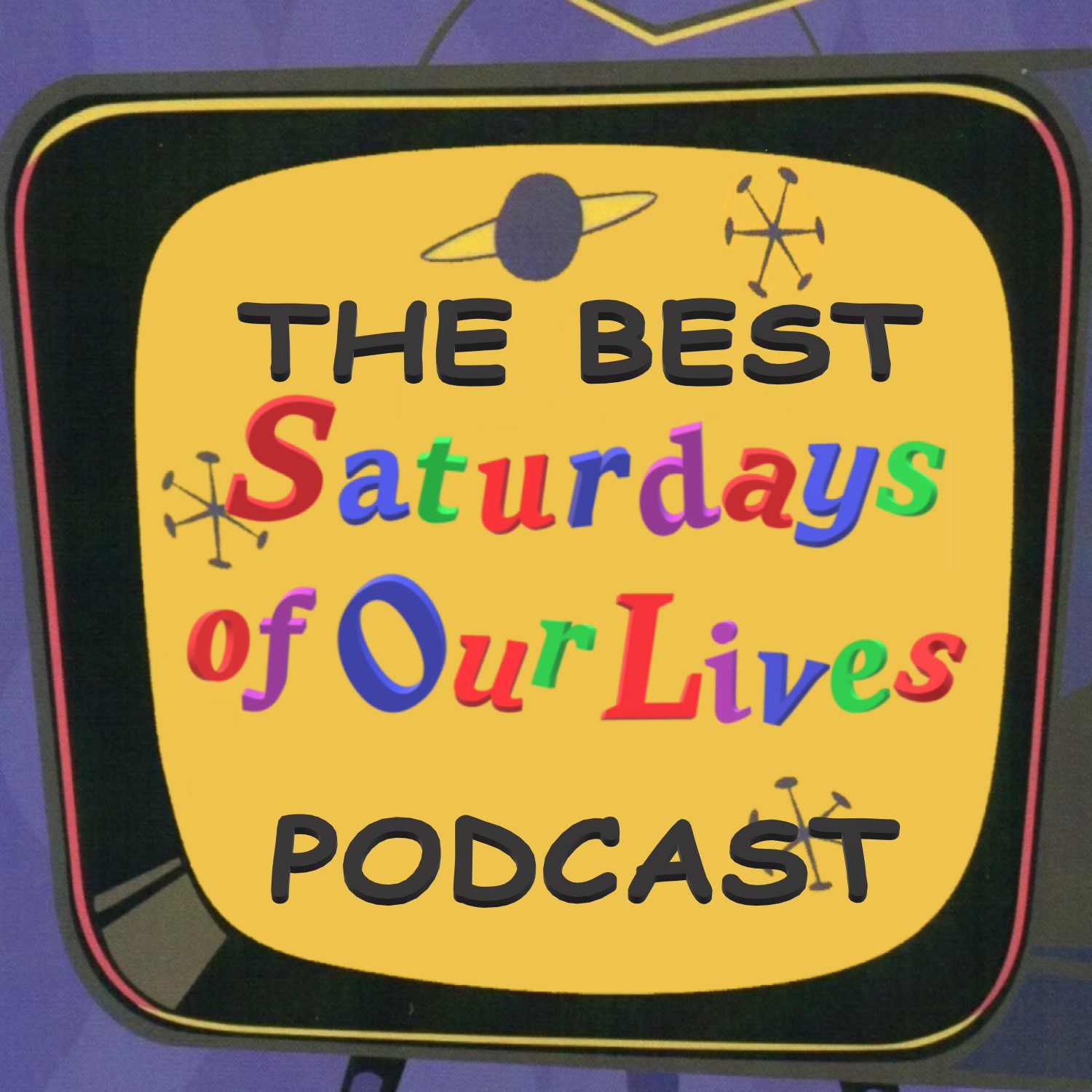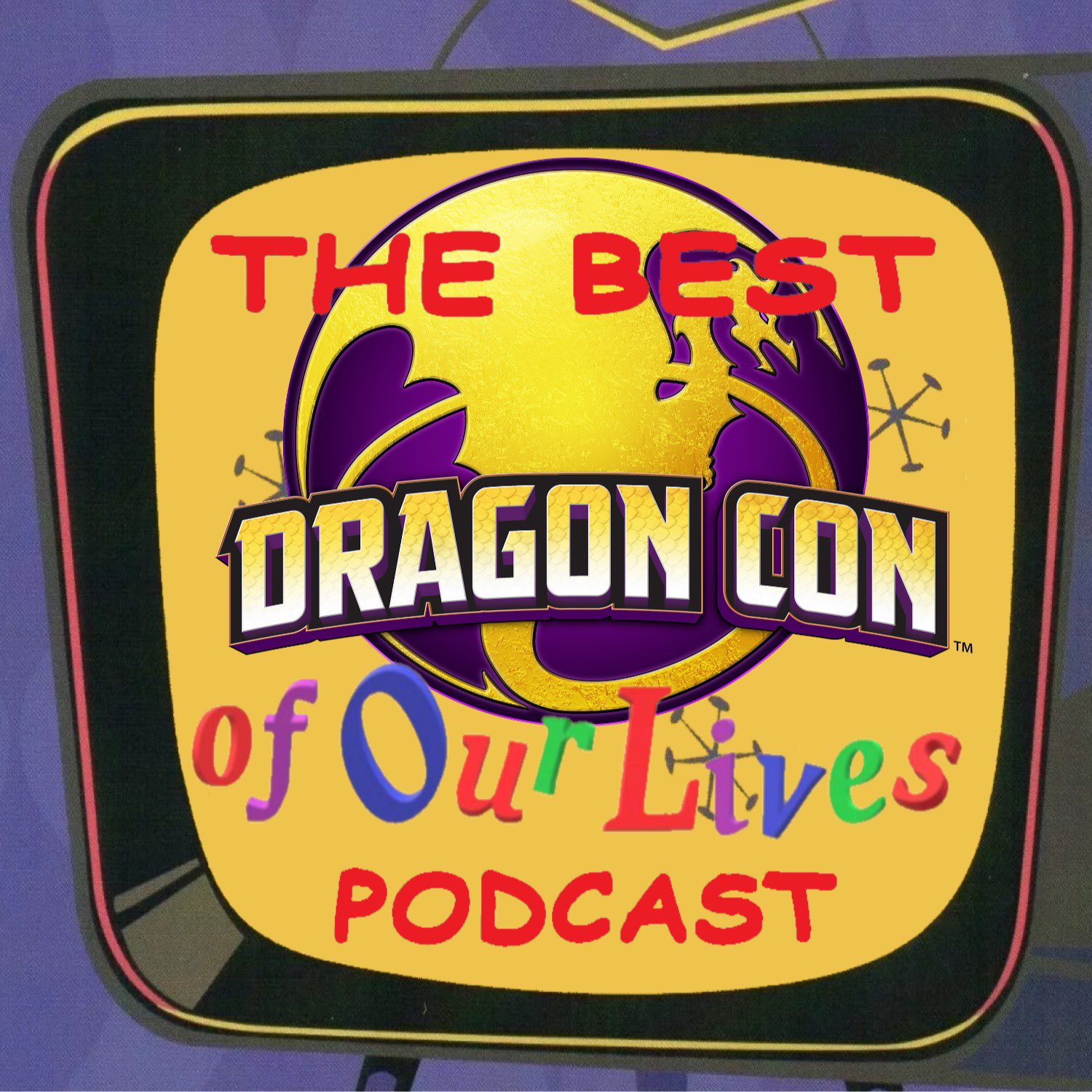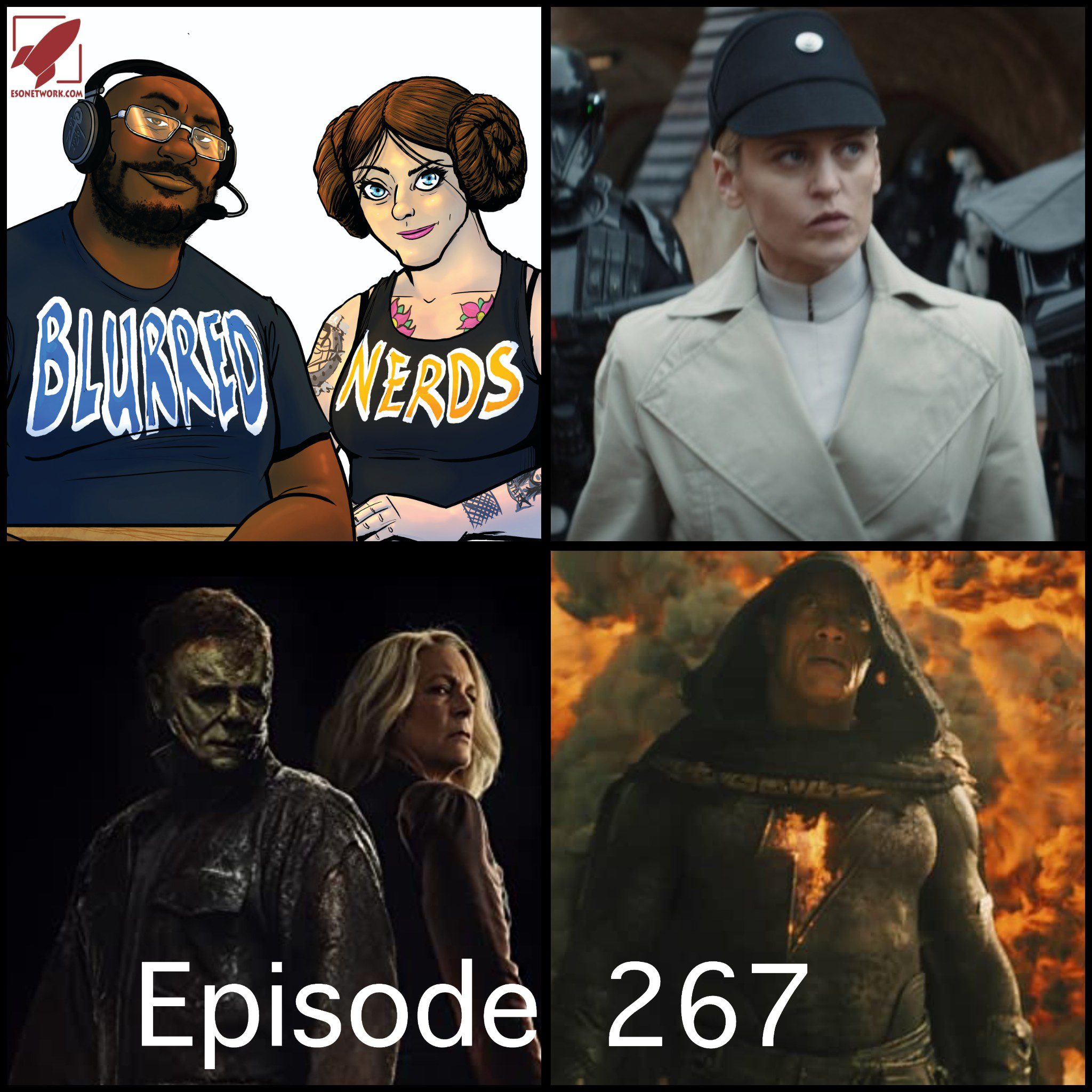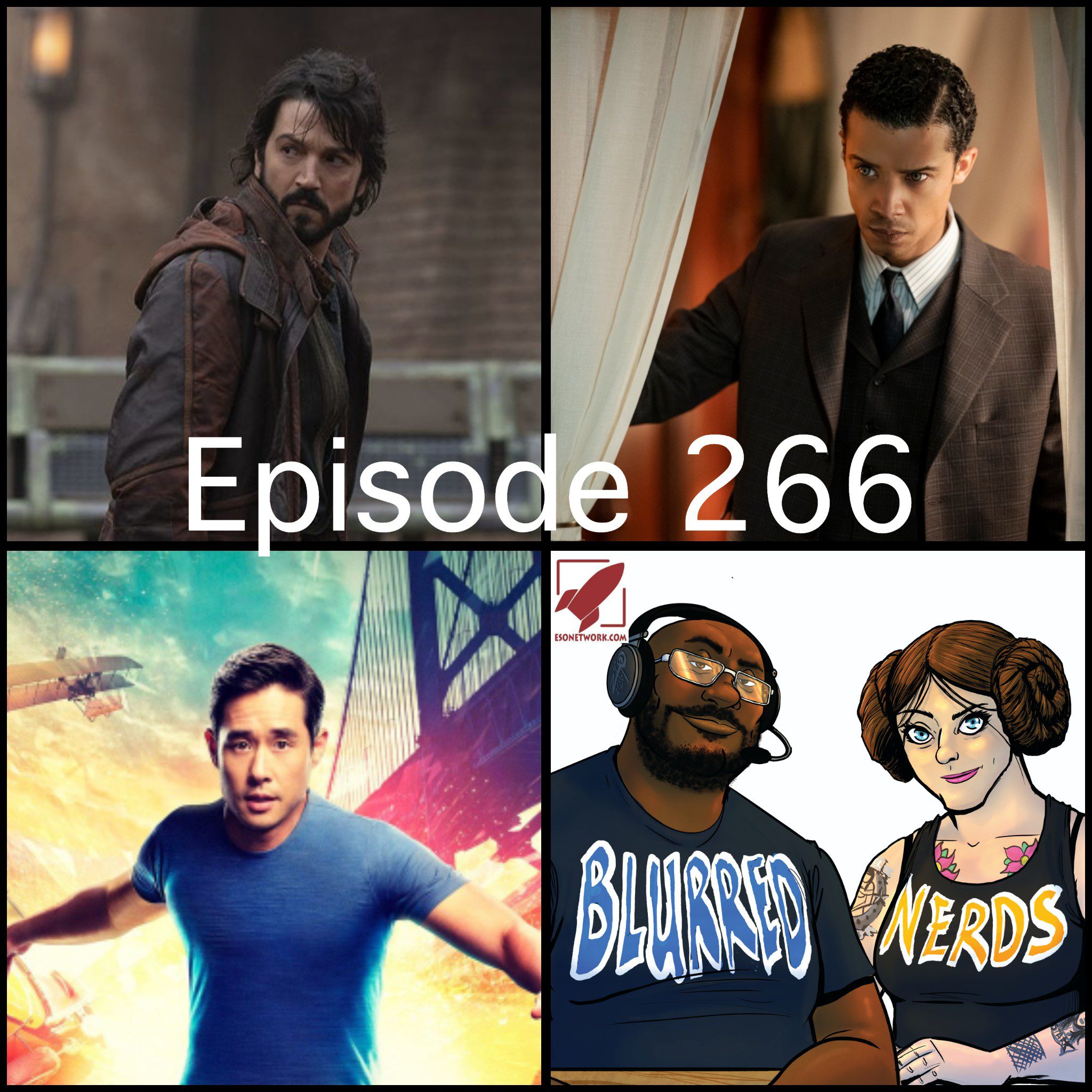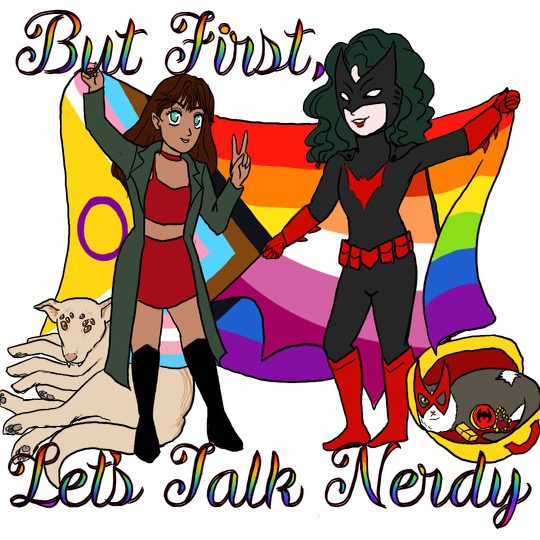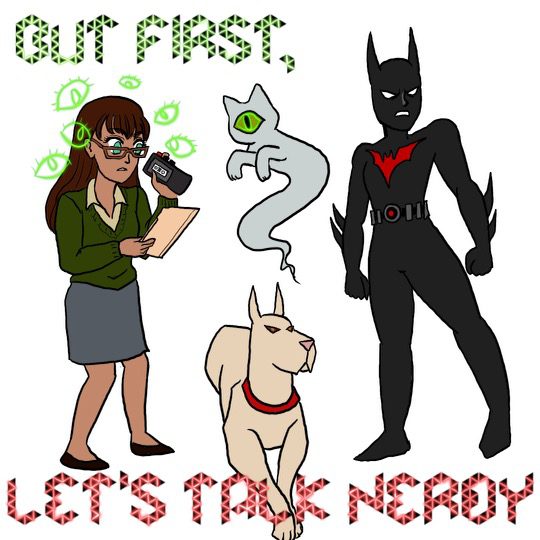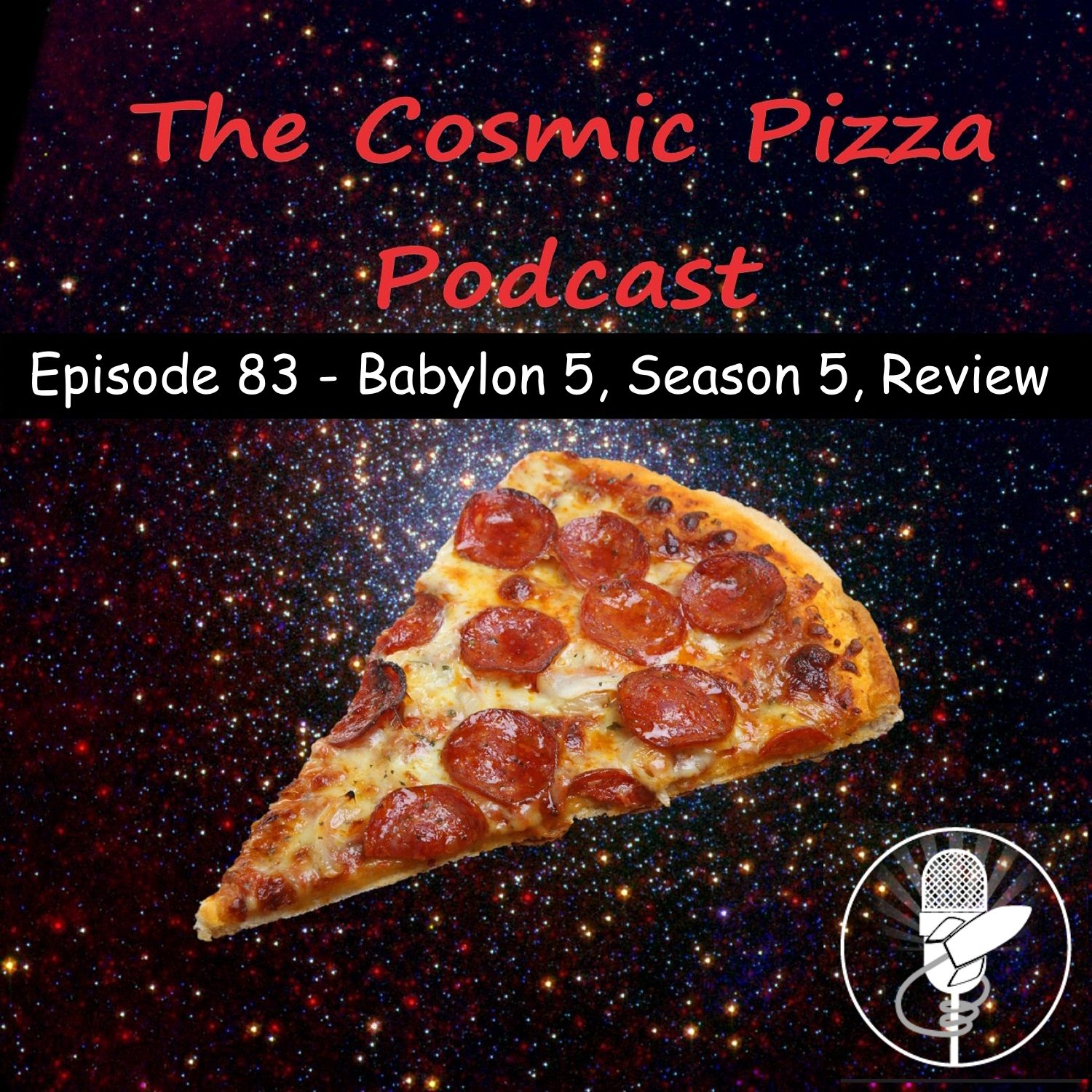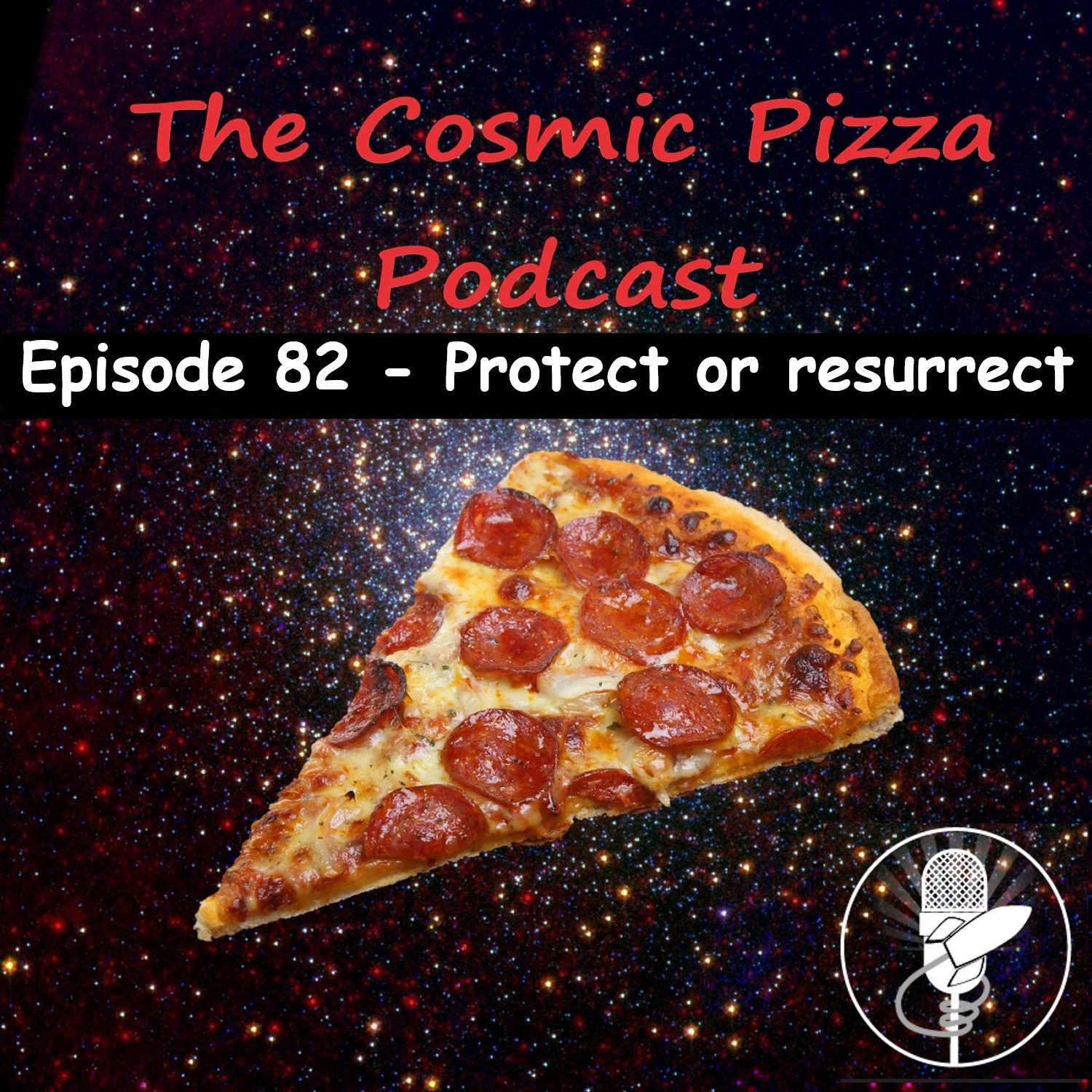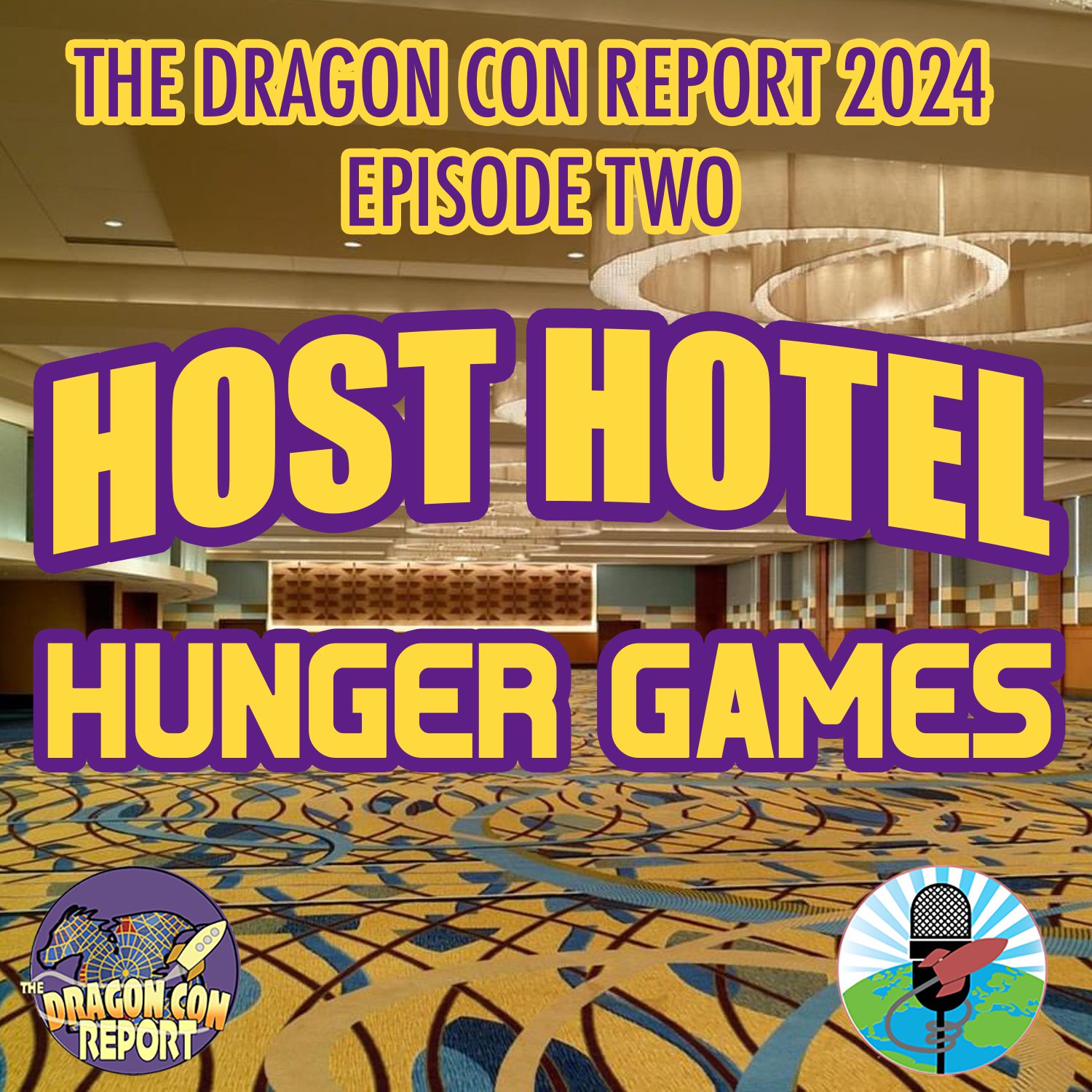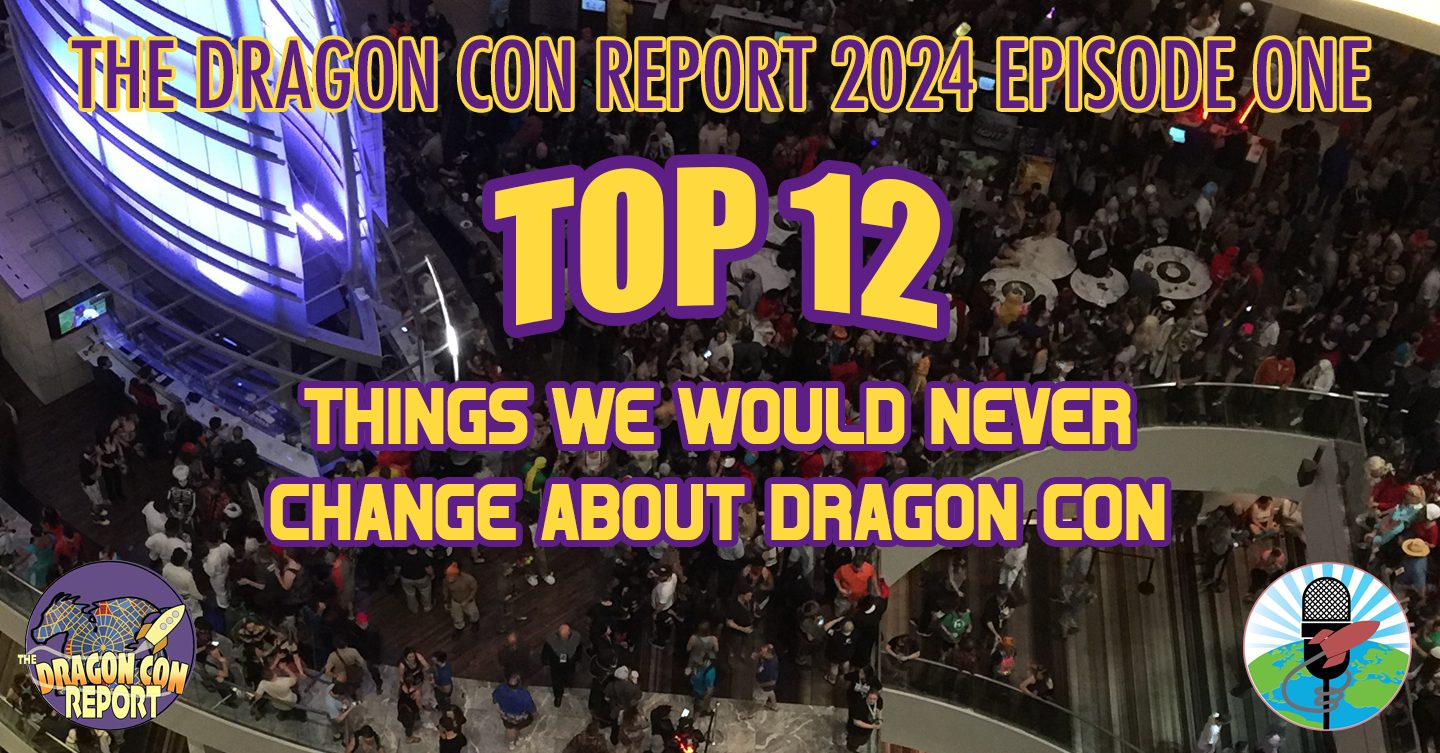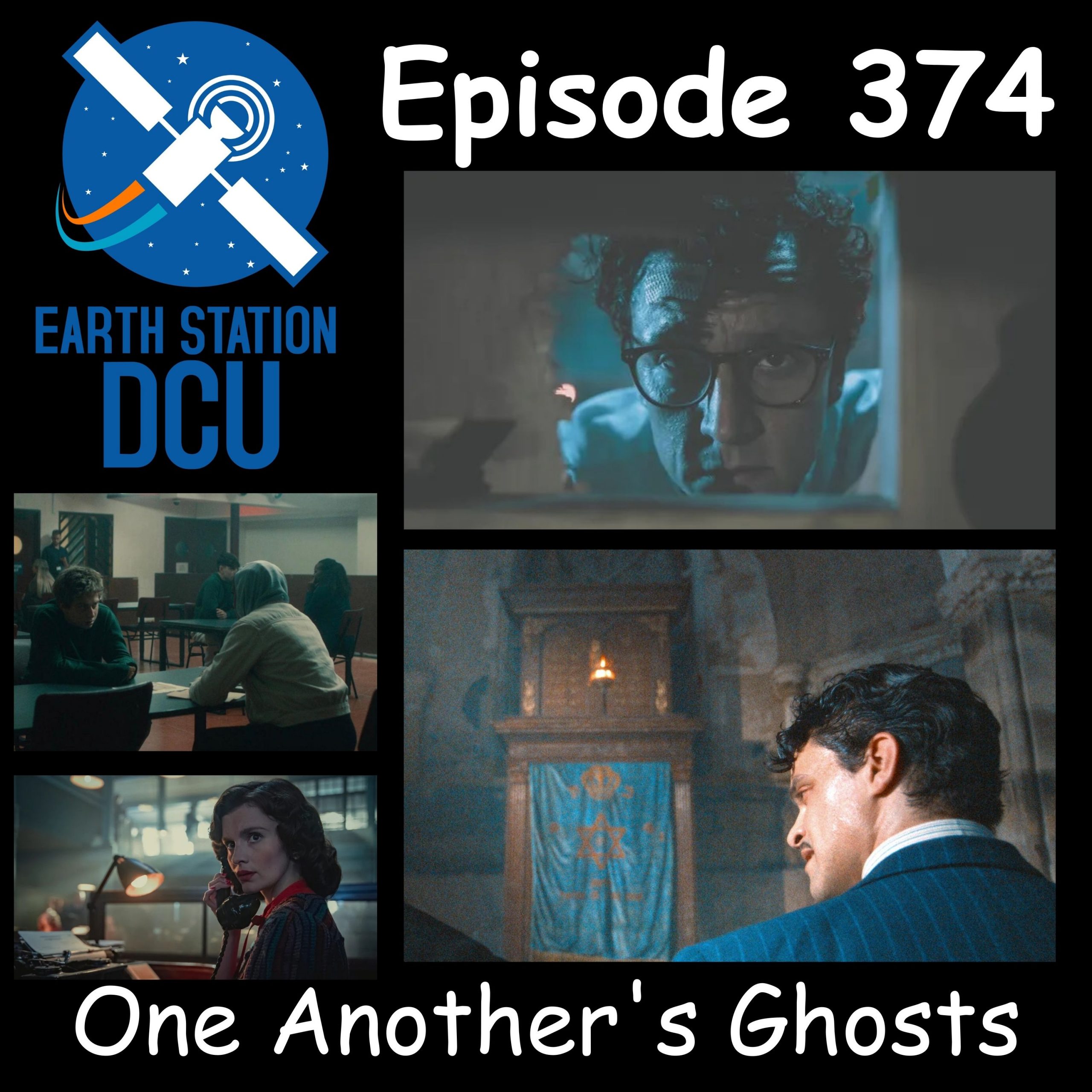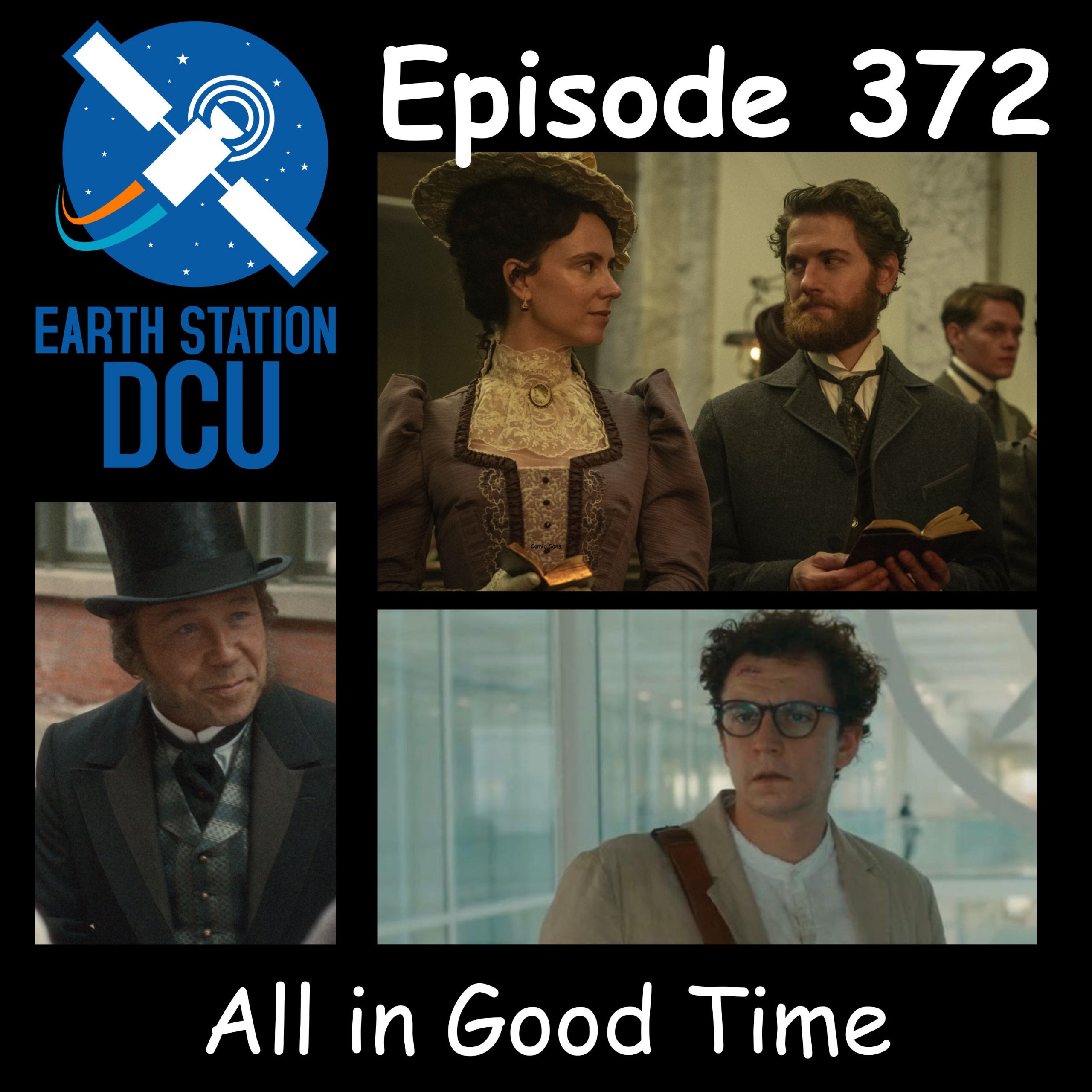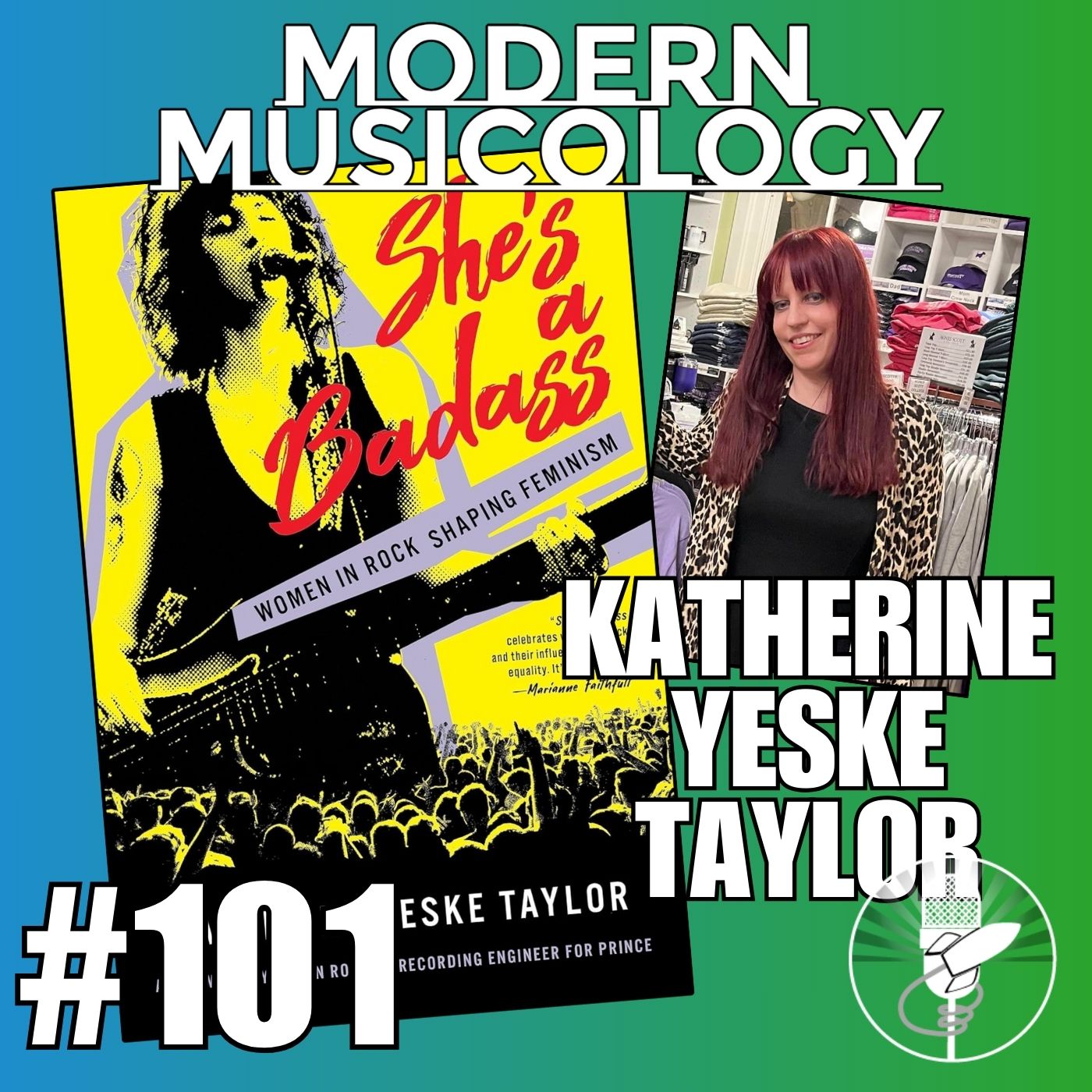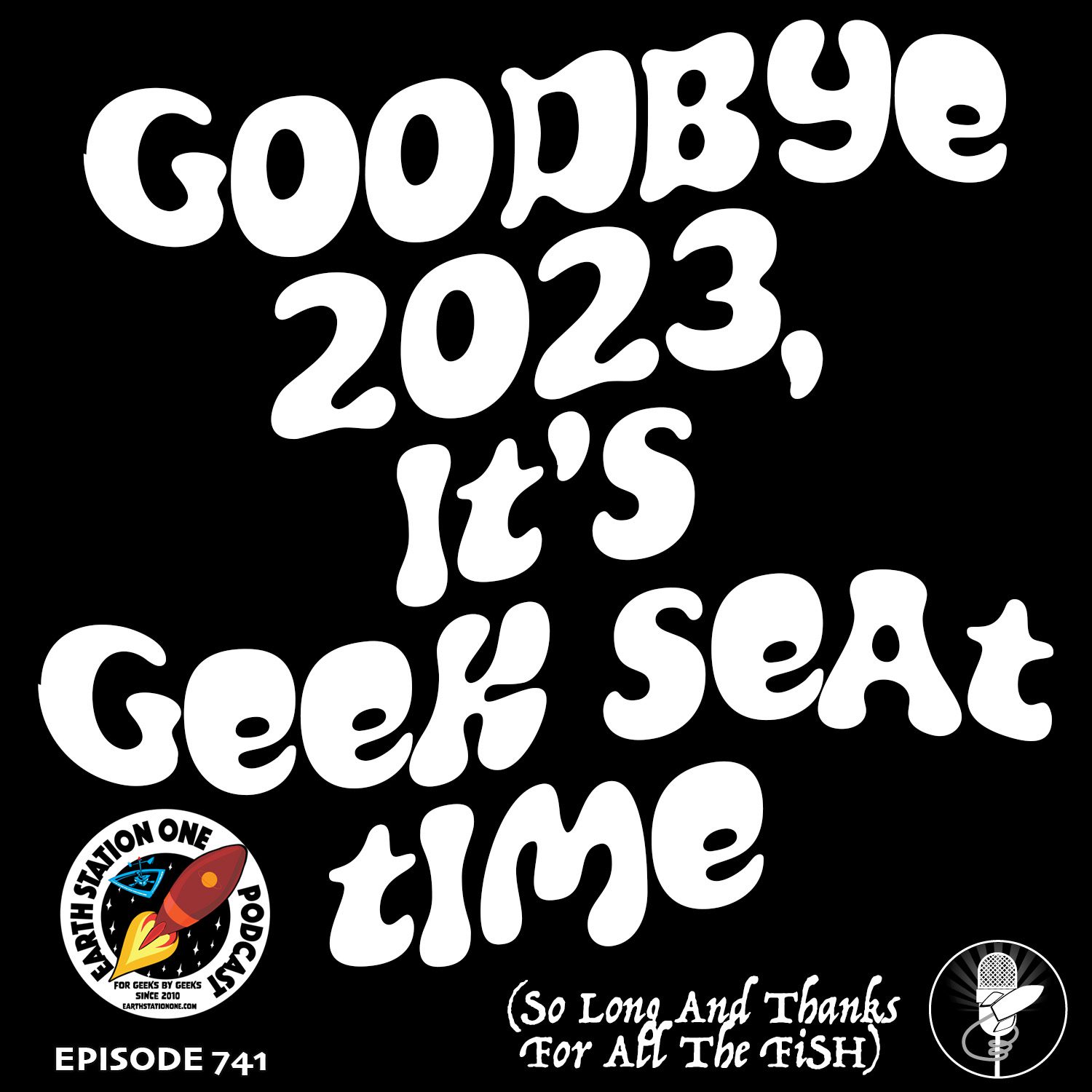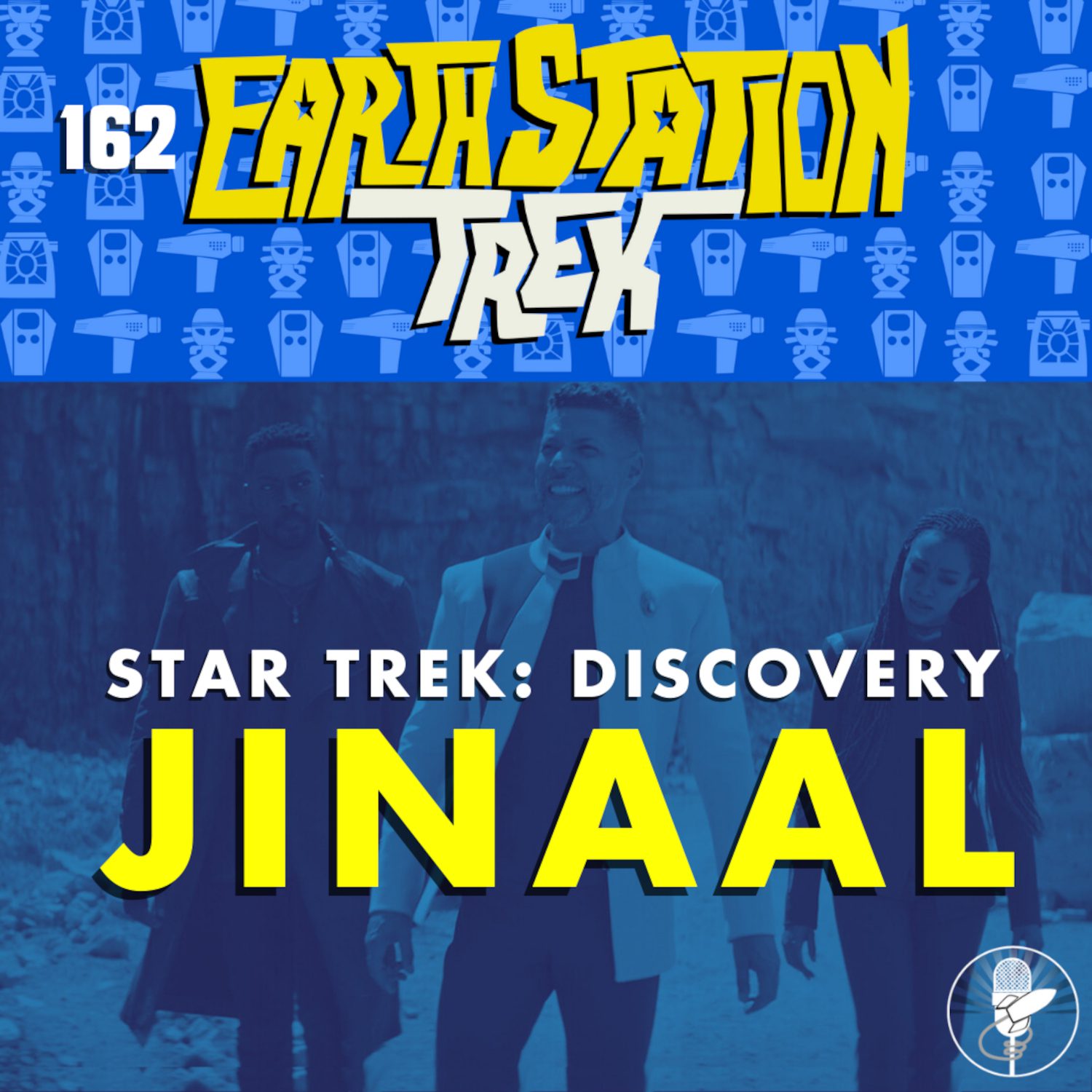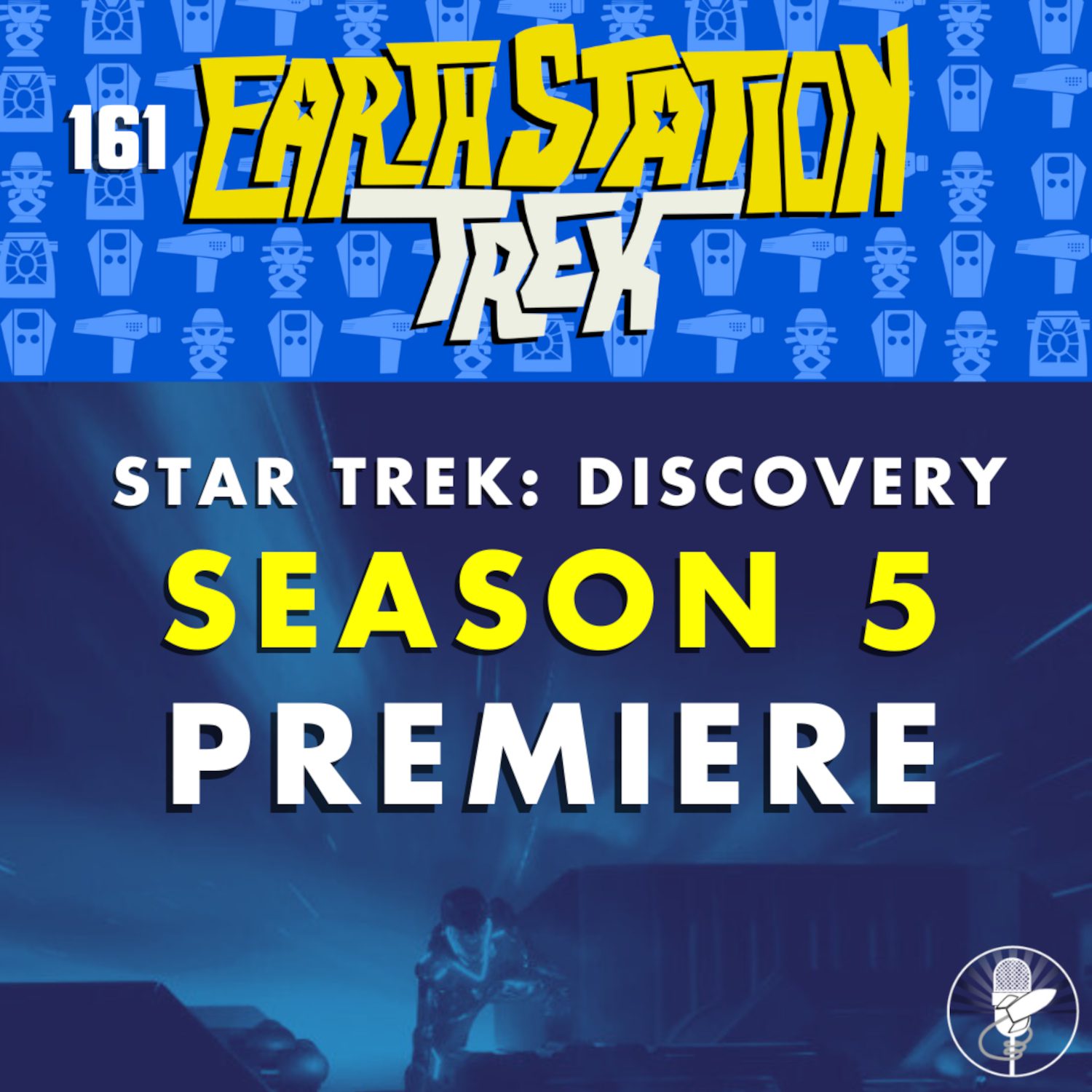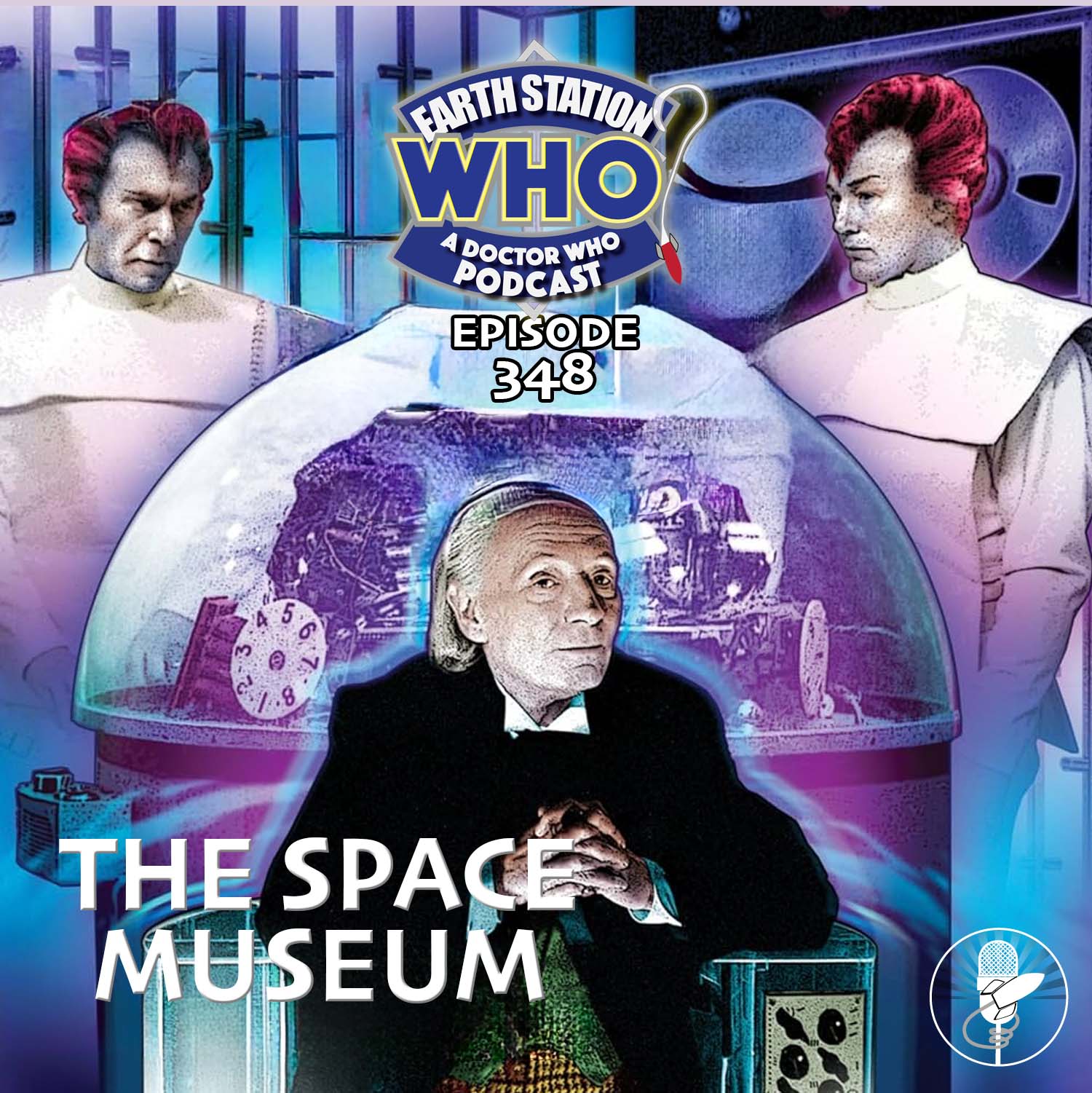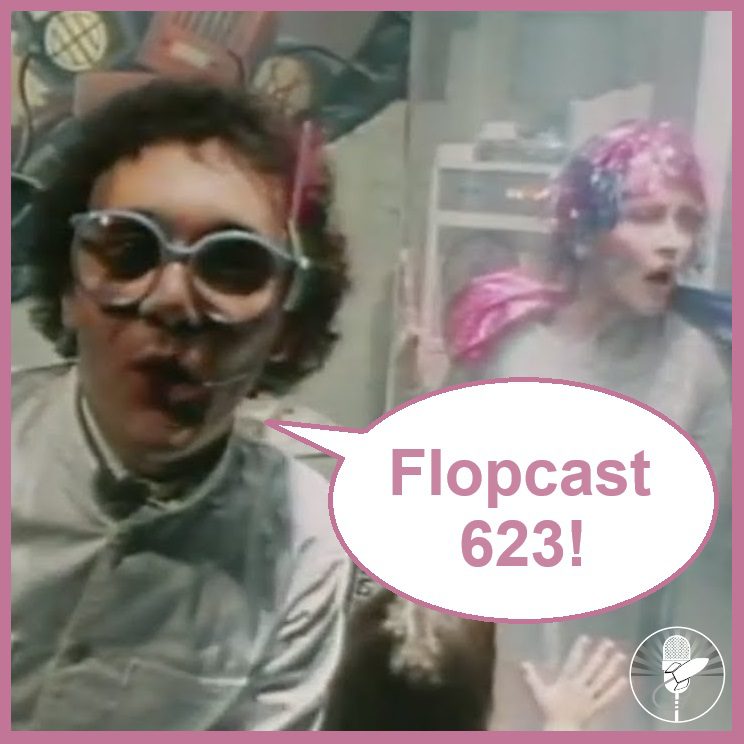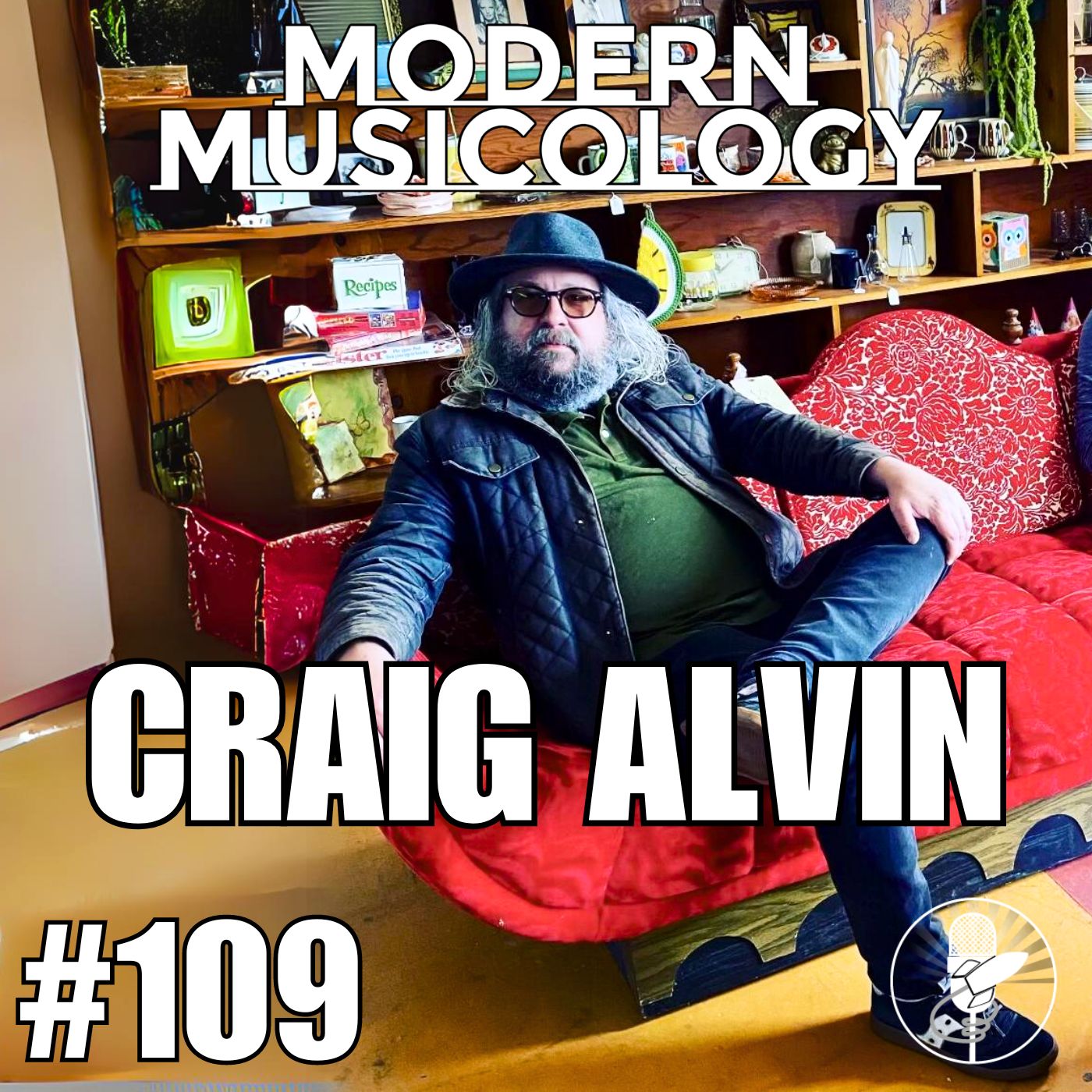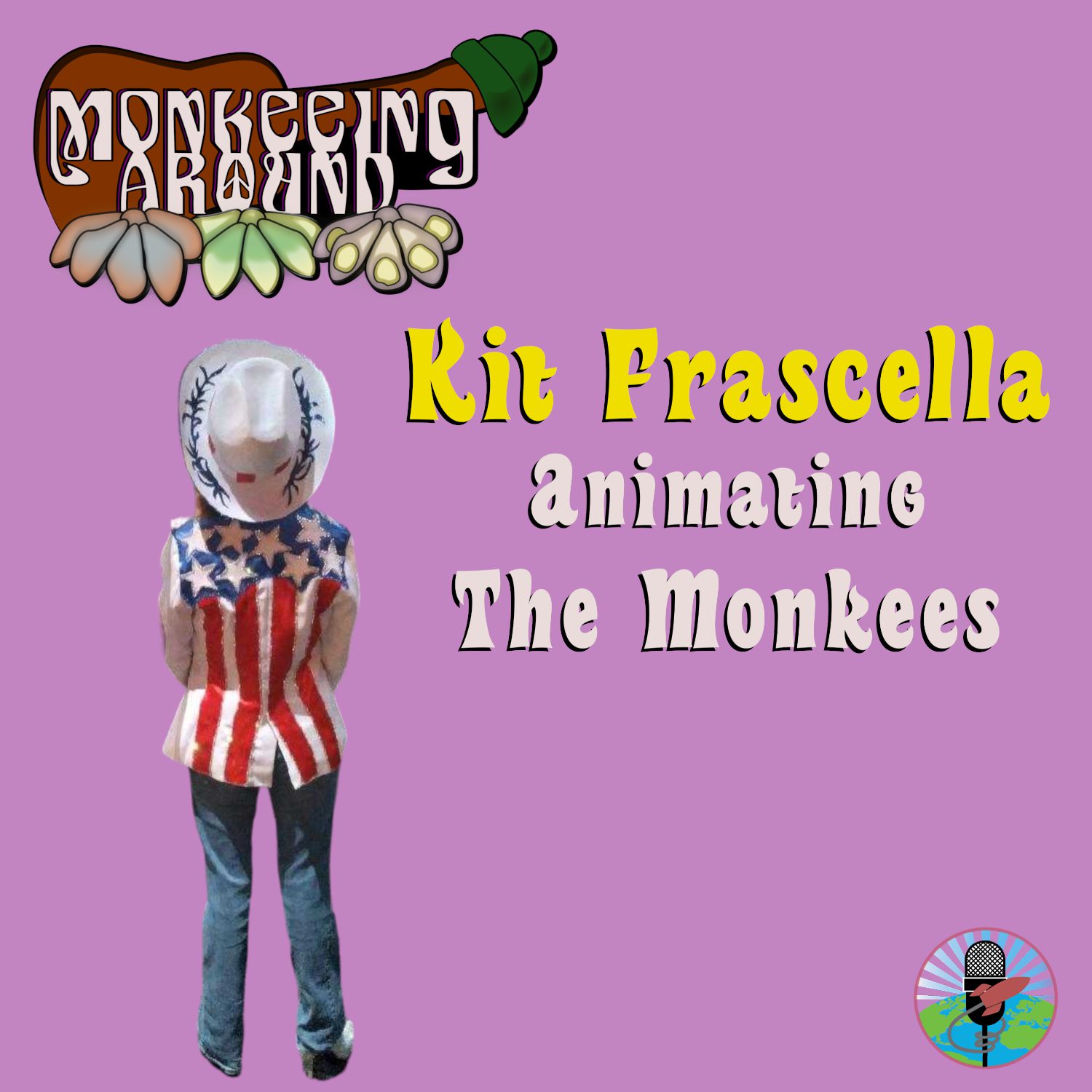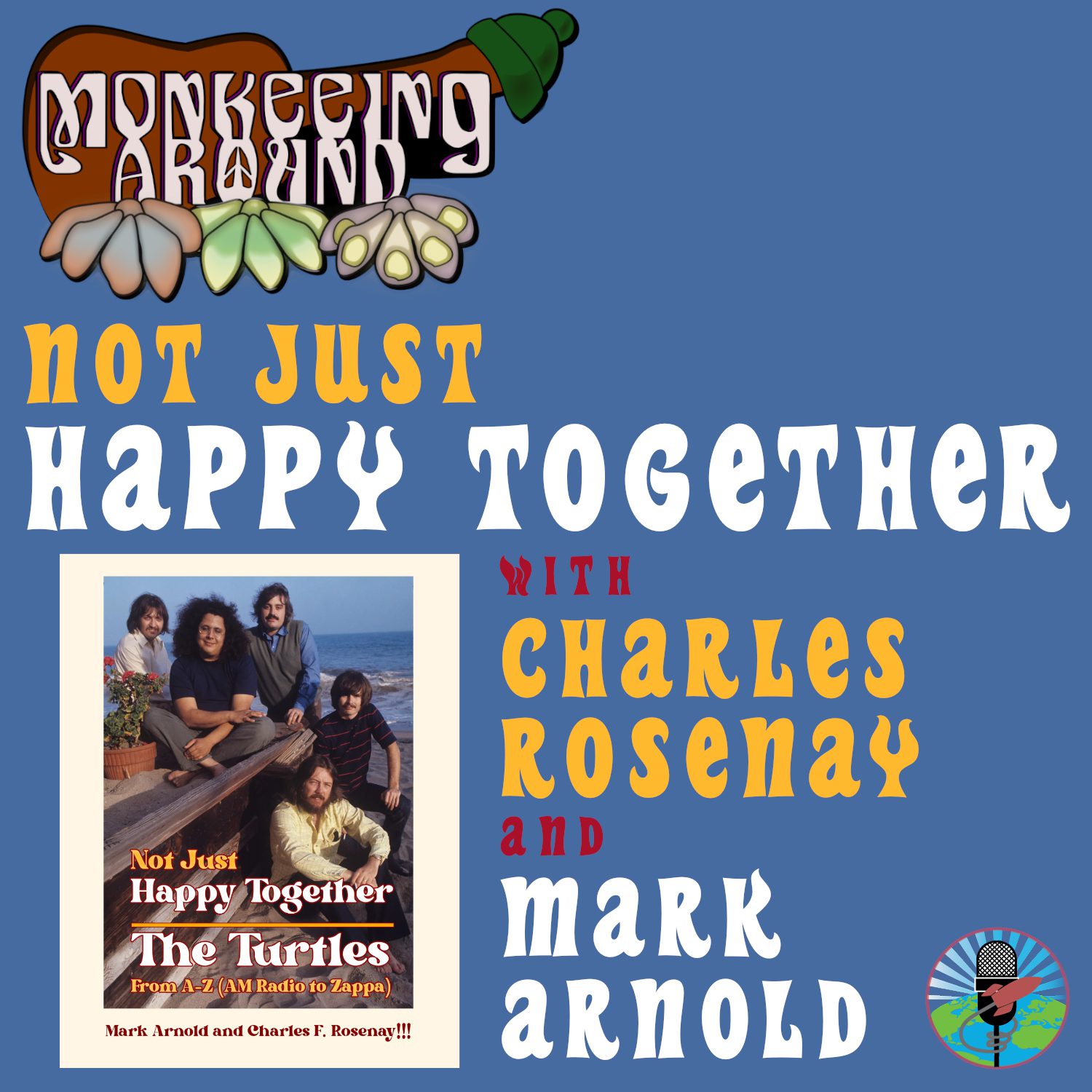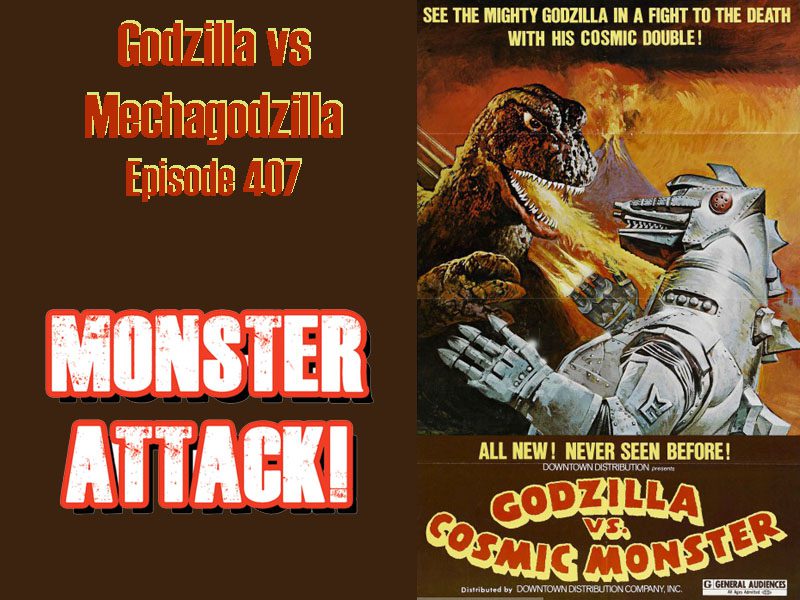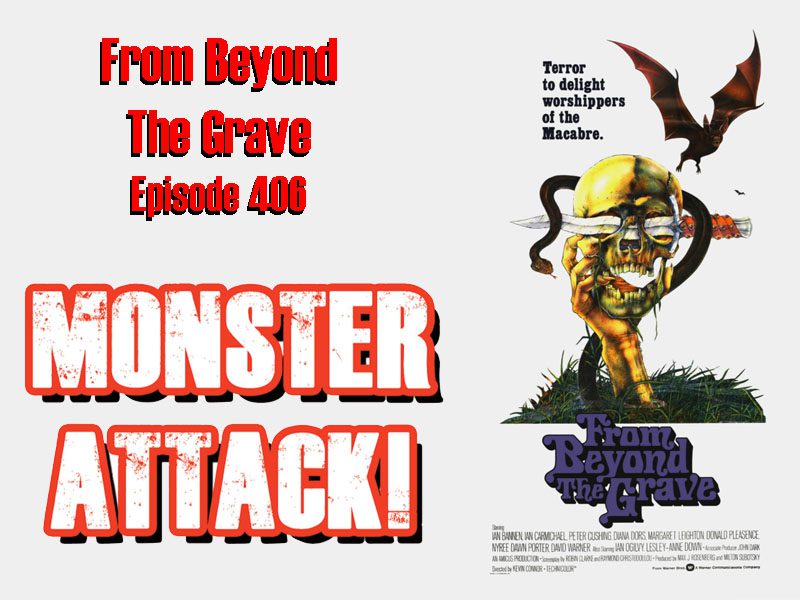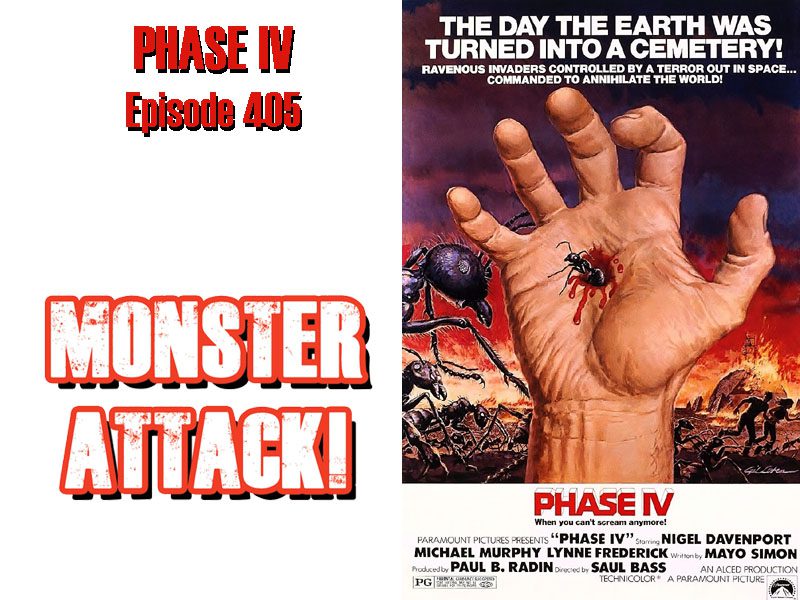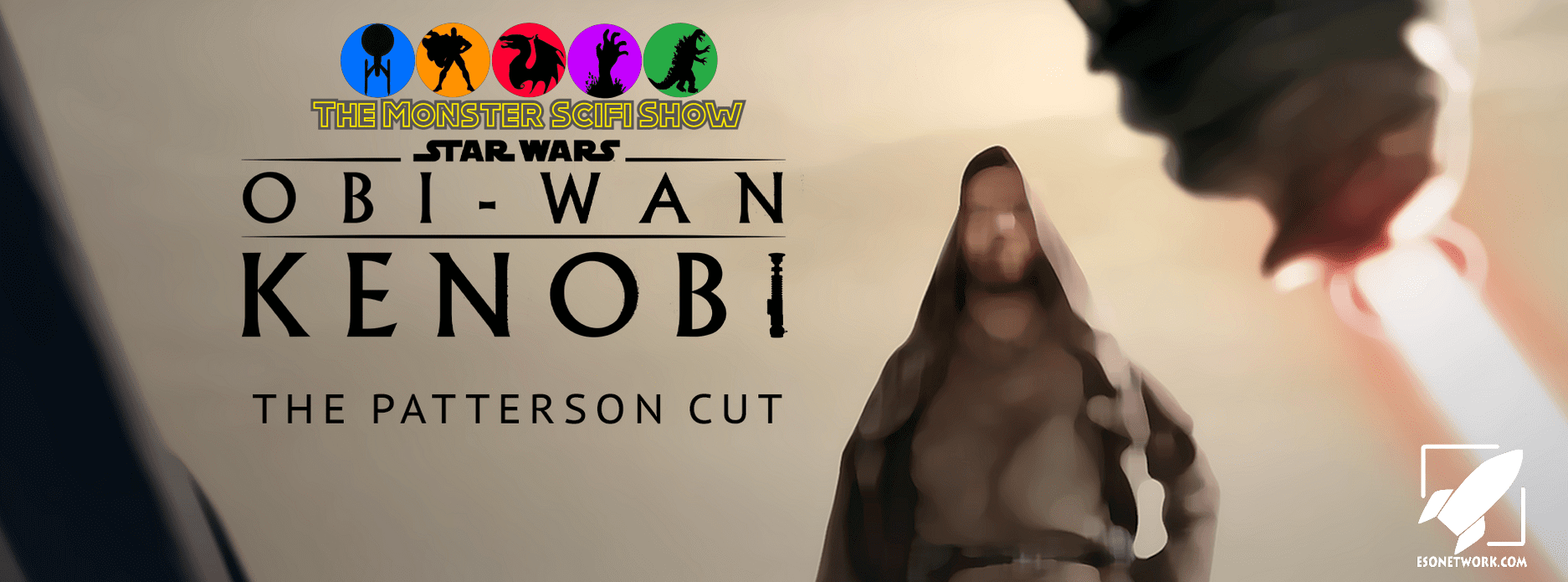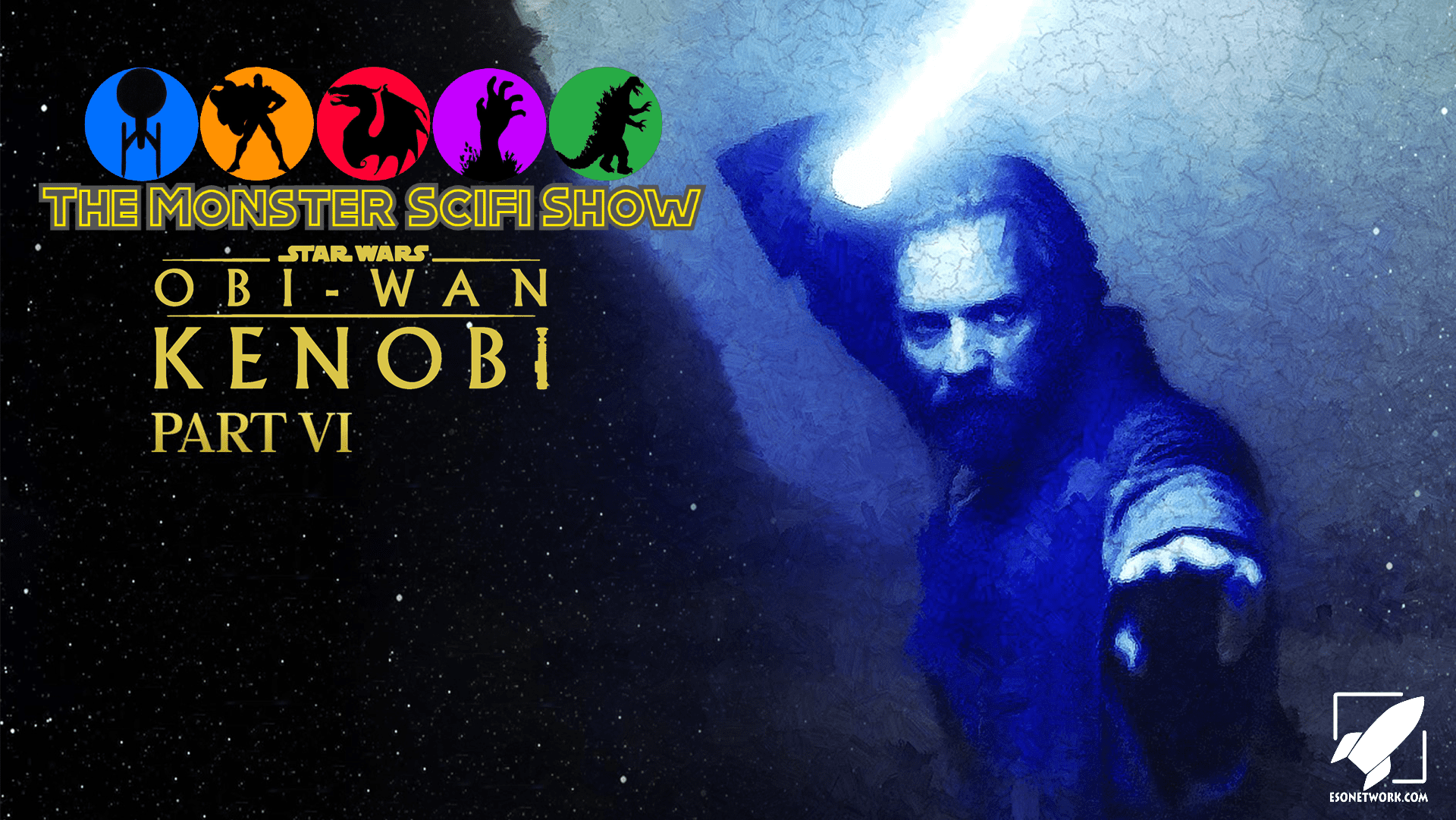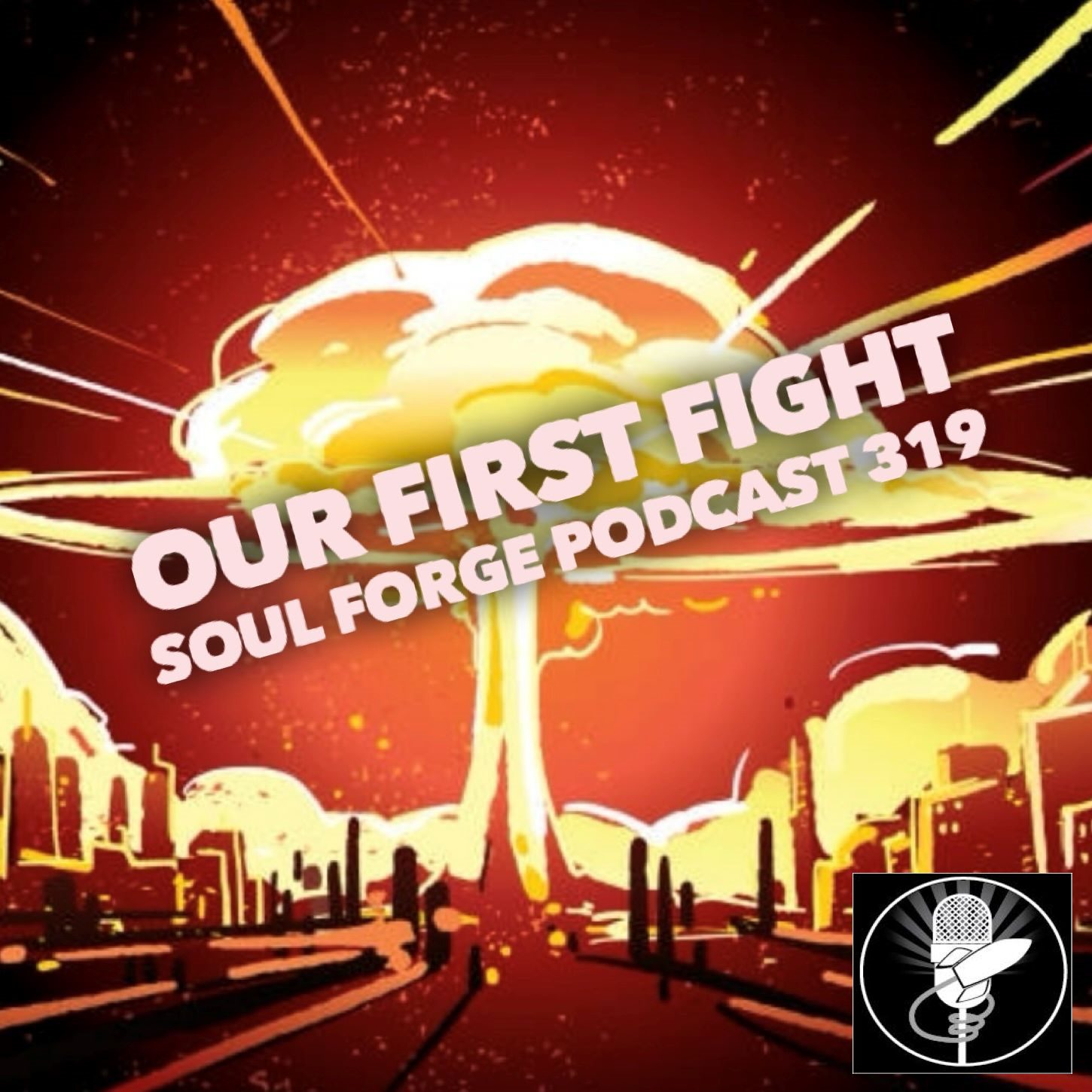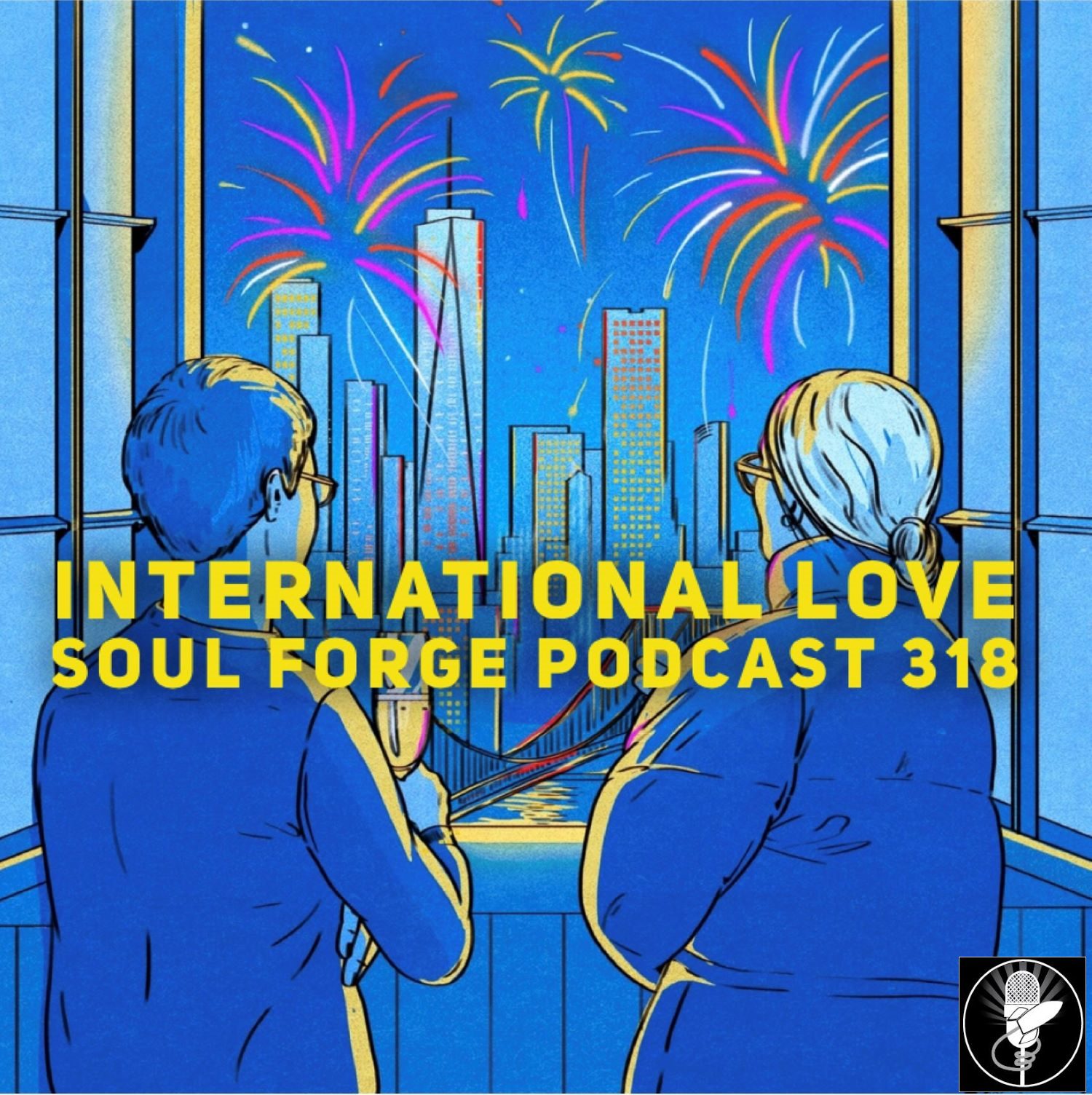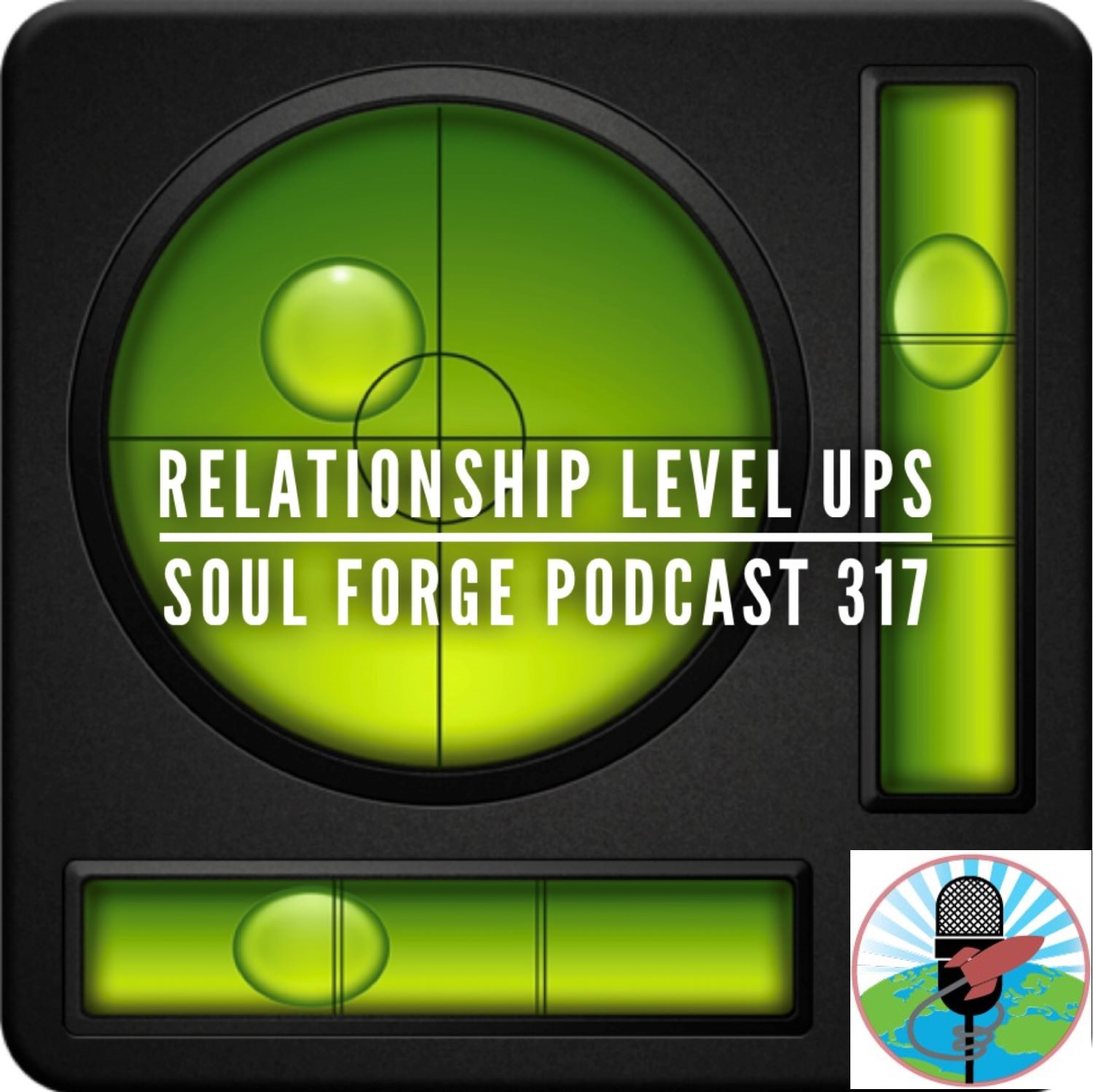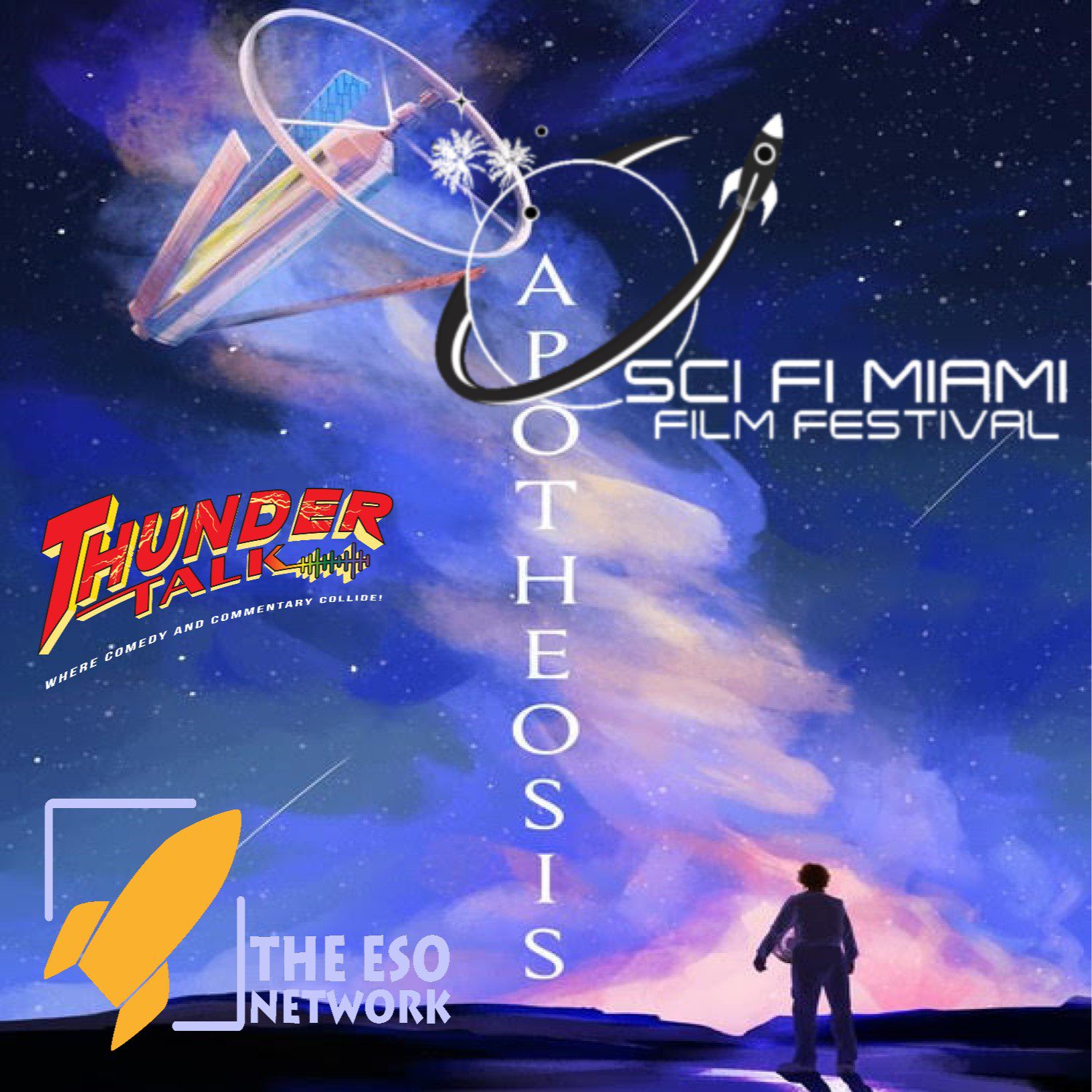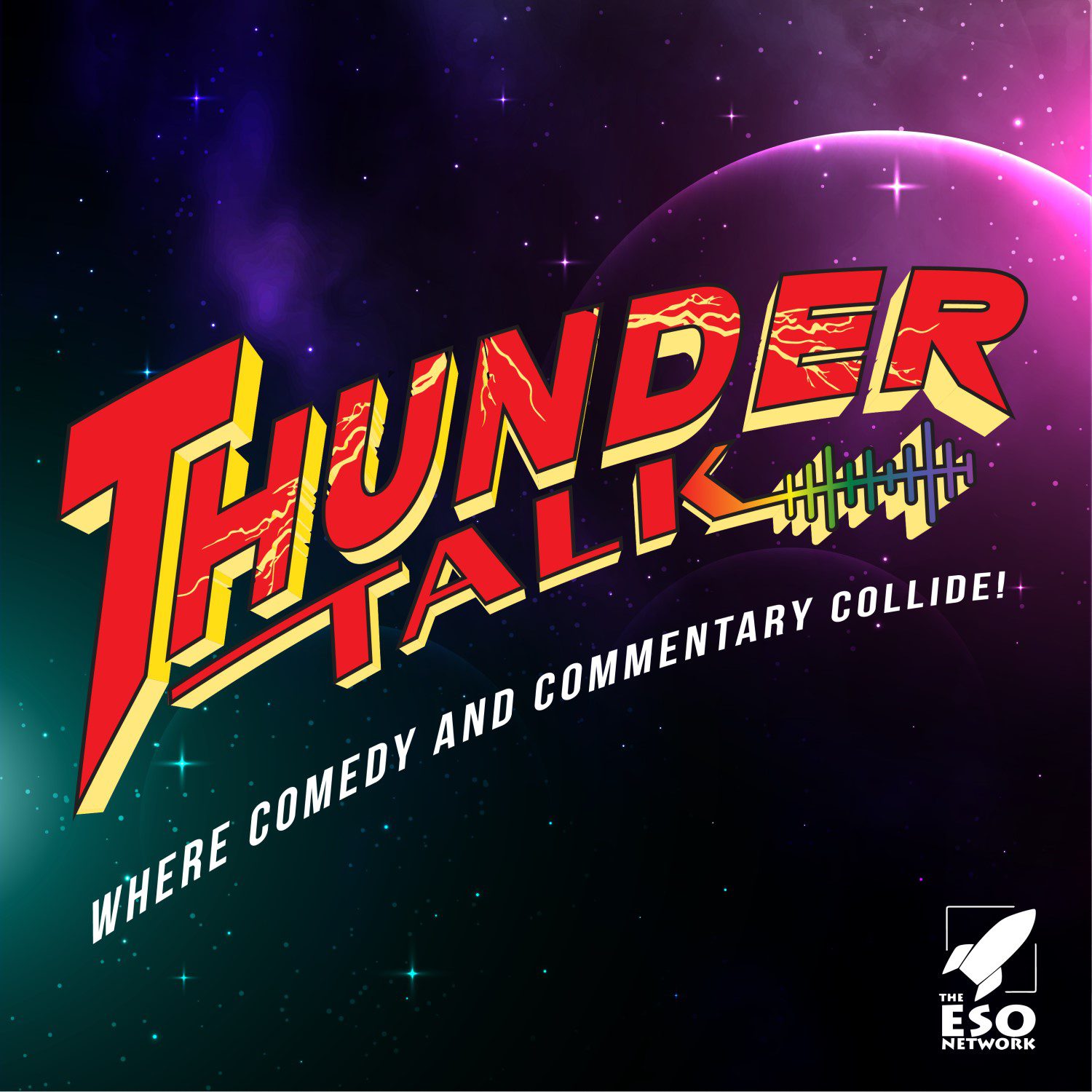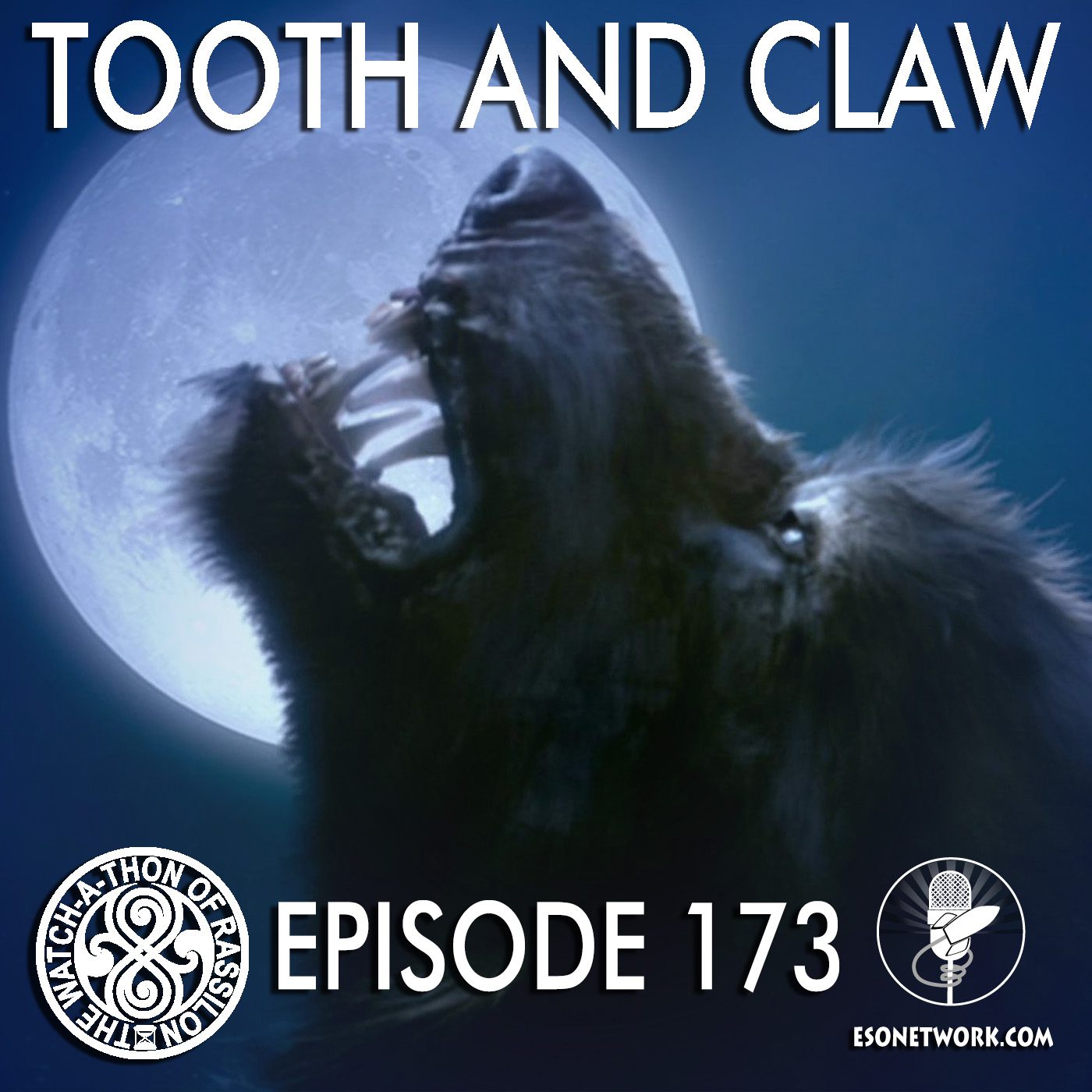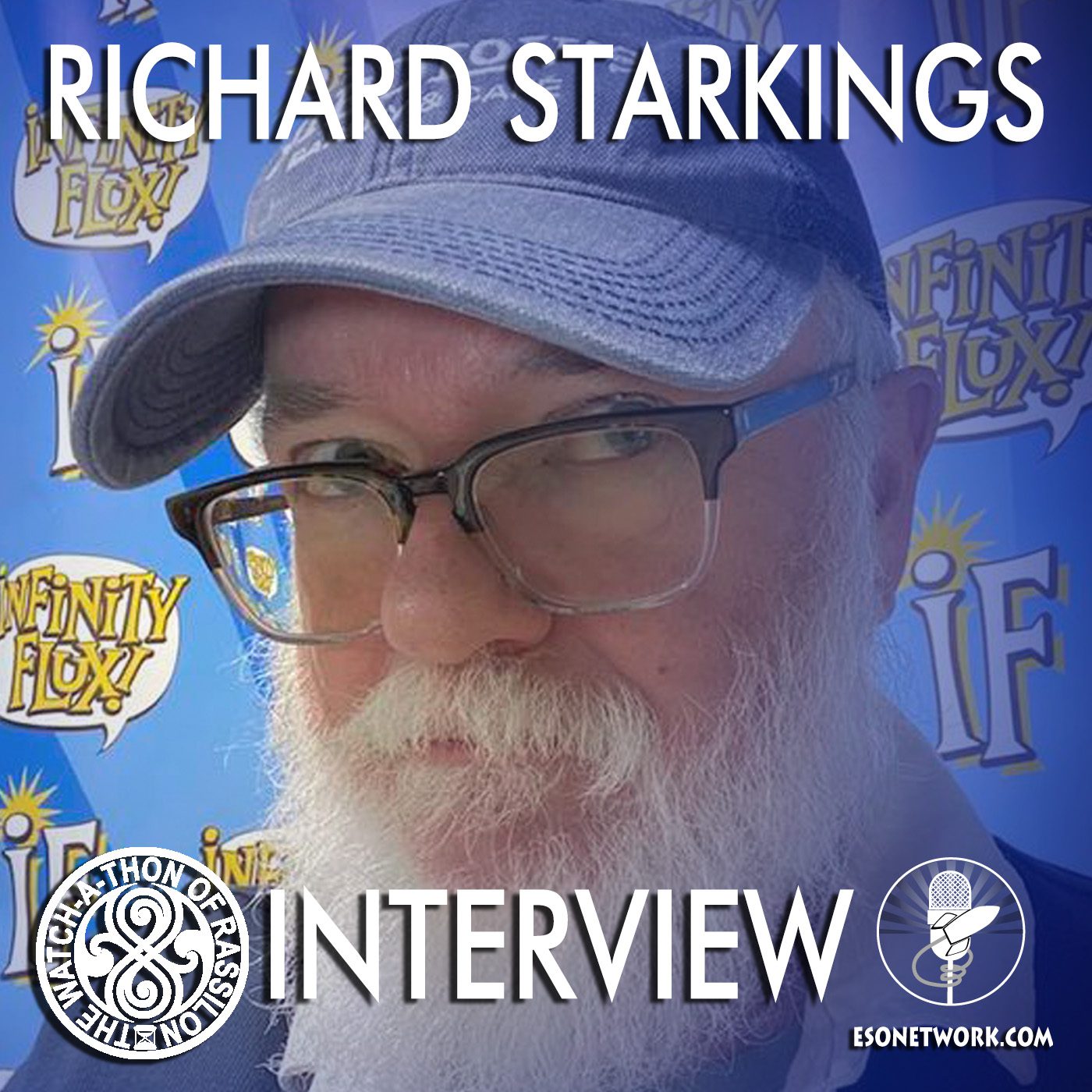Our most powerful stories are fashioned out of the things we fear. We delight in terrorizing ourselves into leaping from chairs with popcorn flying or huddling further beneath blankets with a tattered paperback and a flashlight. Science, horror and fantasy fiction writers reach deep inside the shadowed places of their psyches and dazzle us with creatures built of desperate imagination. Where do these flights of fancy come from? What does it take to craft a monster so capable of overcoming our defenses that we are left scrambling to check under the bed and shut tight the closet door?
Tales featuring fantastic beasts were passed down from generation to generation and they appear across cultures. The dragon myth, for example, appears to have developed independently in both Europe (with roots in Greek mythology) and Asia. These ancient stories are embedded in our consciousness and current fiction writers still use them effectively. Vampires may have originated in stories of succubi, demons who drained the energy of their victims, found in texts from China and Tibet. Frankenstein sprang from the golem myths of the Jewish tradition. These monsters make good protagonists because they re-imagine stories ingrained in us from earliest childhood.
There is also fear to be found when one suddenly becomes a little lower on the food chain. Since humans no longer have any natural predators we’ve invented new ones to thrill an eager audience. An entire genre of films from the 50’s and 60’s turned insects and animals into giant, ravenous beasts. A venerated Twilight Zone episode (based on a short story by Damon Knight) called “To Serve Man” is about a man haunted by the revelation that the alien artifact his colleague translated is a cookbook and he will soon be on the menu. The movie “Alien” turns humans into prey as a relentless creature hunts a crew through the corridors of a spaceship eventually killing all but one.
We may feel less vulnerable than our ancient ancestors but these stories prove that we haven’t forgotten our humble origins. Predators trigger an acute stress response in their intended victims and a good writer knows how to exploit those feelings by creating monsters that may be fantastic but remain believable. Why do we smile at “Sharknado” but scream at “War of the Worlds”? The premise of a tornado full of sharks is so absurd that we can’t get past the ridiculous concept to feel any real fear. We are too familiar with these storms and how they work to make the story believable. But an alien race is something we have no comparison for. Knowing our own aggressive tendencies we find the idea of a more advanced civilization waging war upon us to be unsettling and realistic.
Some of fiction’s most effective monsters are the ones we never see. These stories rely on our own imaginations to build terror and suspense. It turns out our minds are quite good at scaring the bejeezus out of us. The movie “The Exorcist” (based on the novel by William Peter Blatty) is widely acclaimed as a horror classic yet we never see the demon, only the effect it has on the people around it. Psychological monsters are made up of whispers and glowing lights and sleight of hand. The devil is in the details – how well this kind of monster works depends on the ability of the creator to show the chaos it wreaks in the world it is set in.
Other monsters are made more horrific by cloaking them in the trappings of the innocent or mundane. “It’s a Good Life”, an episode of The Twilight Zone (based on a short story by Jerome Bixby) gifted us with one of the most terrifying monsters of all time – a cherubic young boy with limitless powers and no conscience. Evil dolls are a recurring theme in supernatural fiction, while Stephen King brought us demonic cars and zombie pets. These stories work because they rely on a primal fear that is central to all of us – the fear of abandonment. There are few things a young child fears more than something or someone he or she loves turning against them. A good monster preys upon our illusions of security and safety, turning them inside out.
Monster stories are a good thing. We use them to explore our more fearful and violent sides safely. The ability of the human race to produce monster-based fiction appears to be limitless. In the Doctor Who episode “Midnight” Russell T. Davies terrified us with an invisible creature who made people repeat themselves. That should not be scary but it most definitely is. Better monsters are built out of taking a scenario (stuck on a stalled tour bus) and adding an element that turns character reactions sideways (normally mild-mannered people develop a mob mentality when faced with an unfamiliar and creepy situation calculated to produce rampant paranoia). There’s nothing like reading or watching a story that brings us a glimpse of the creator’s own little piece of darkness.









